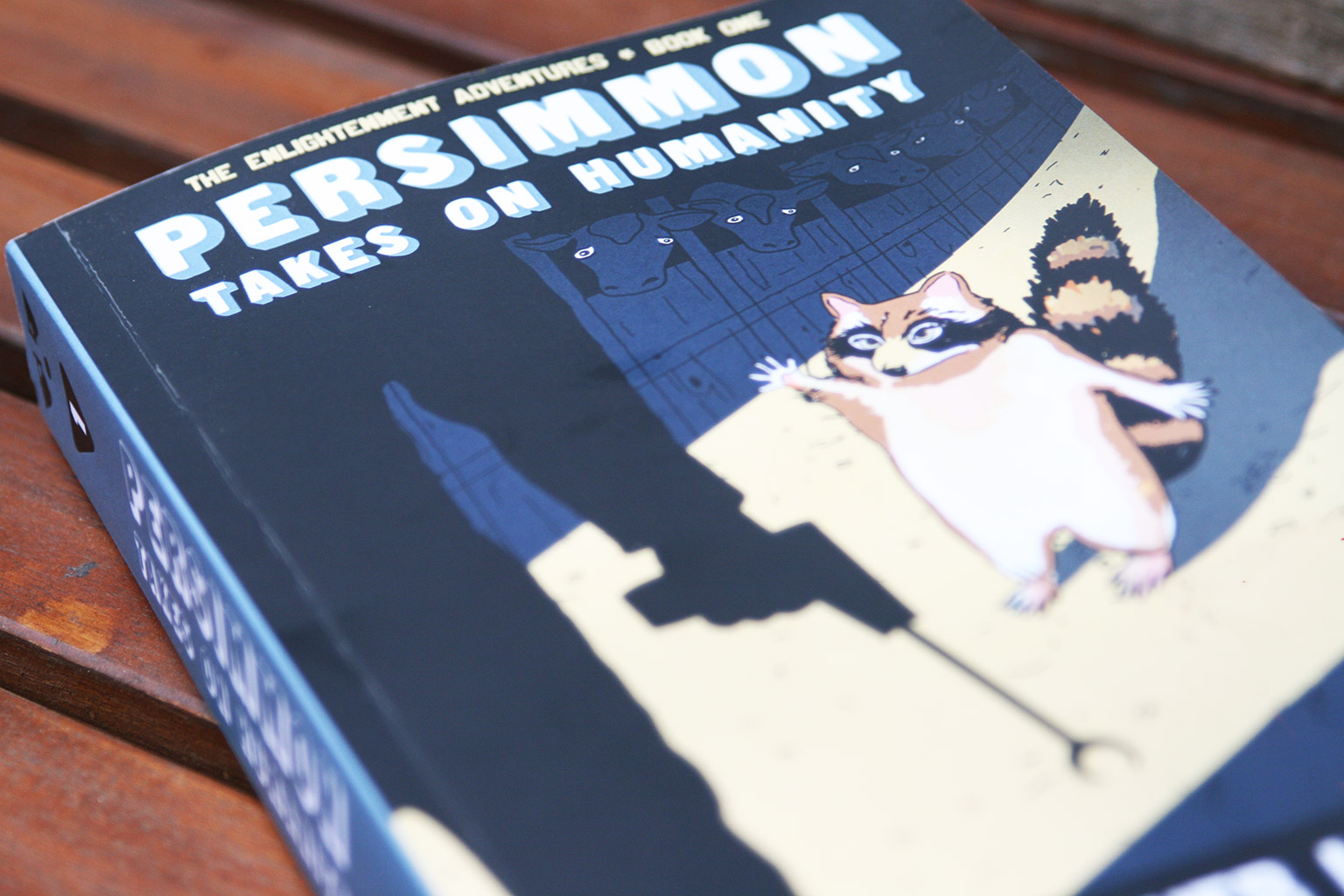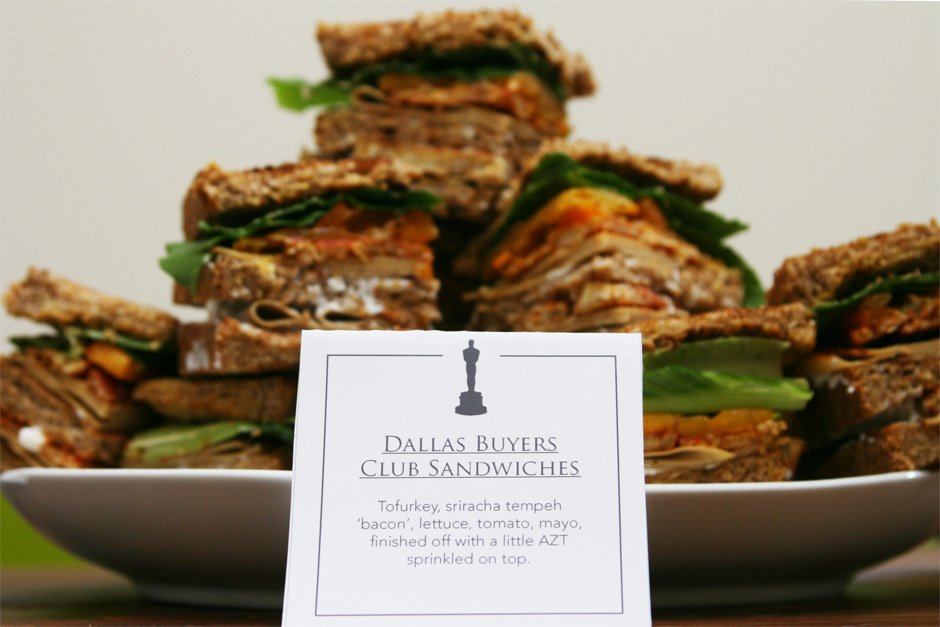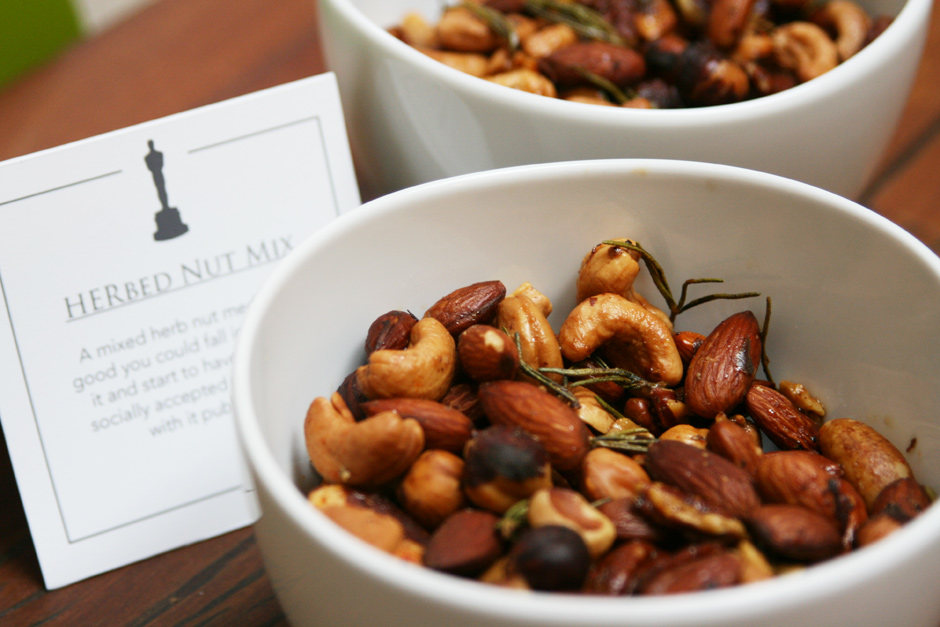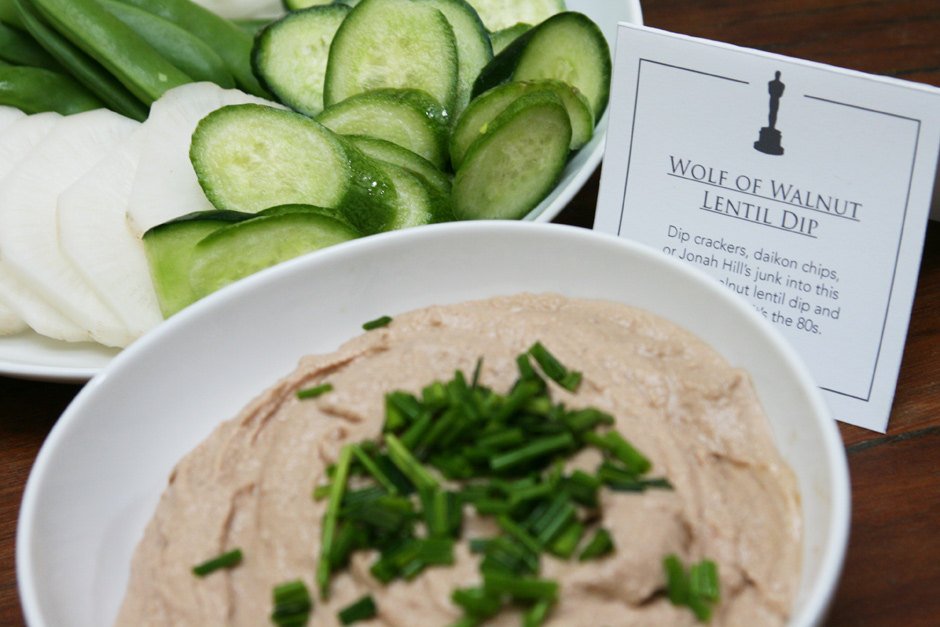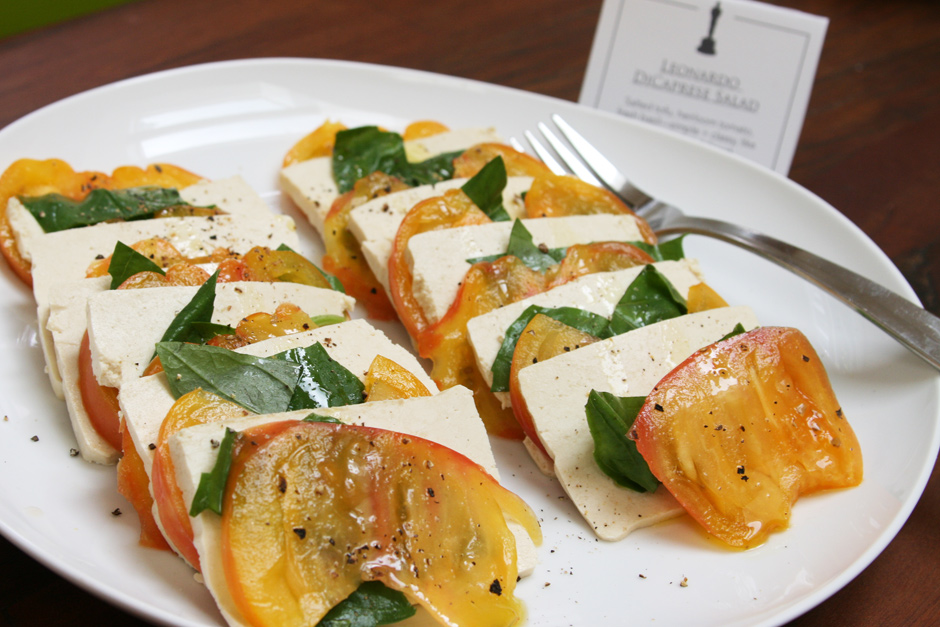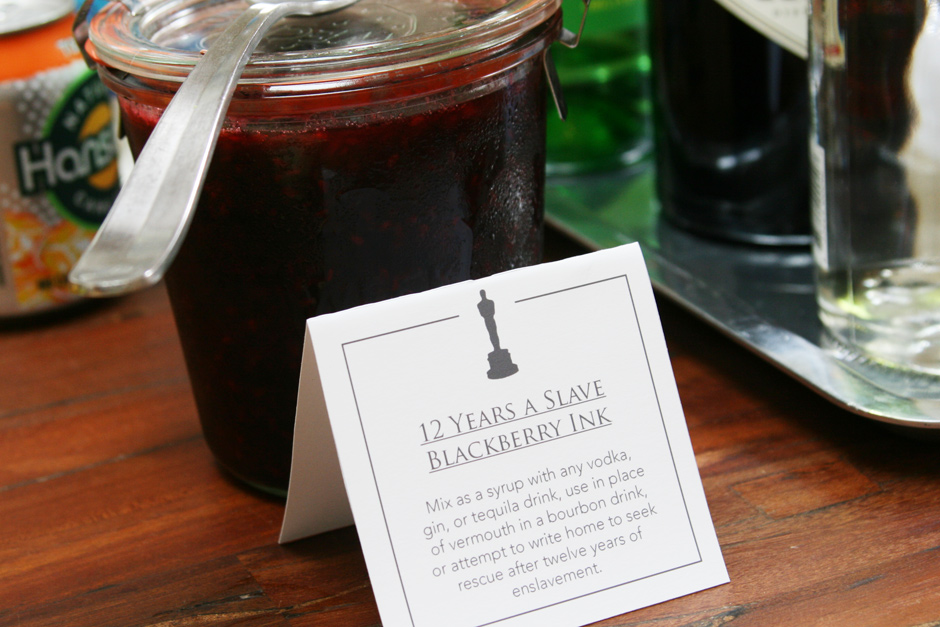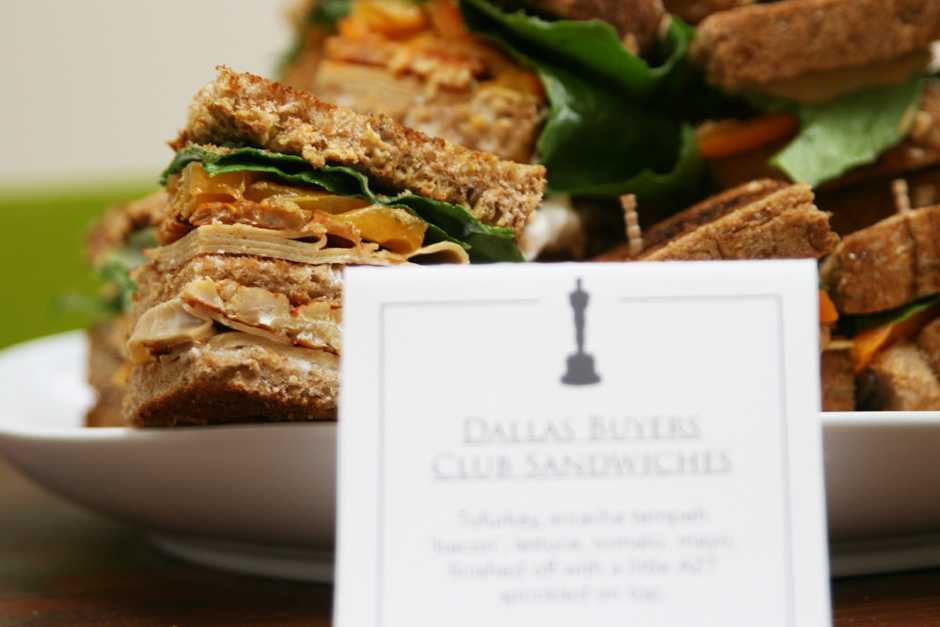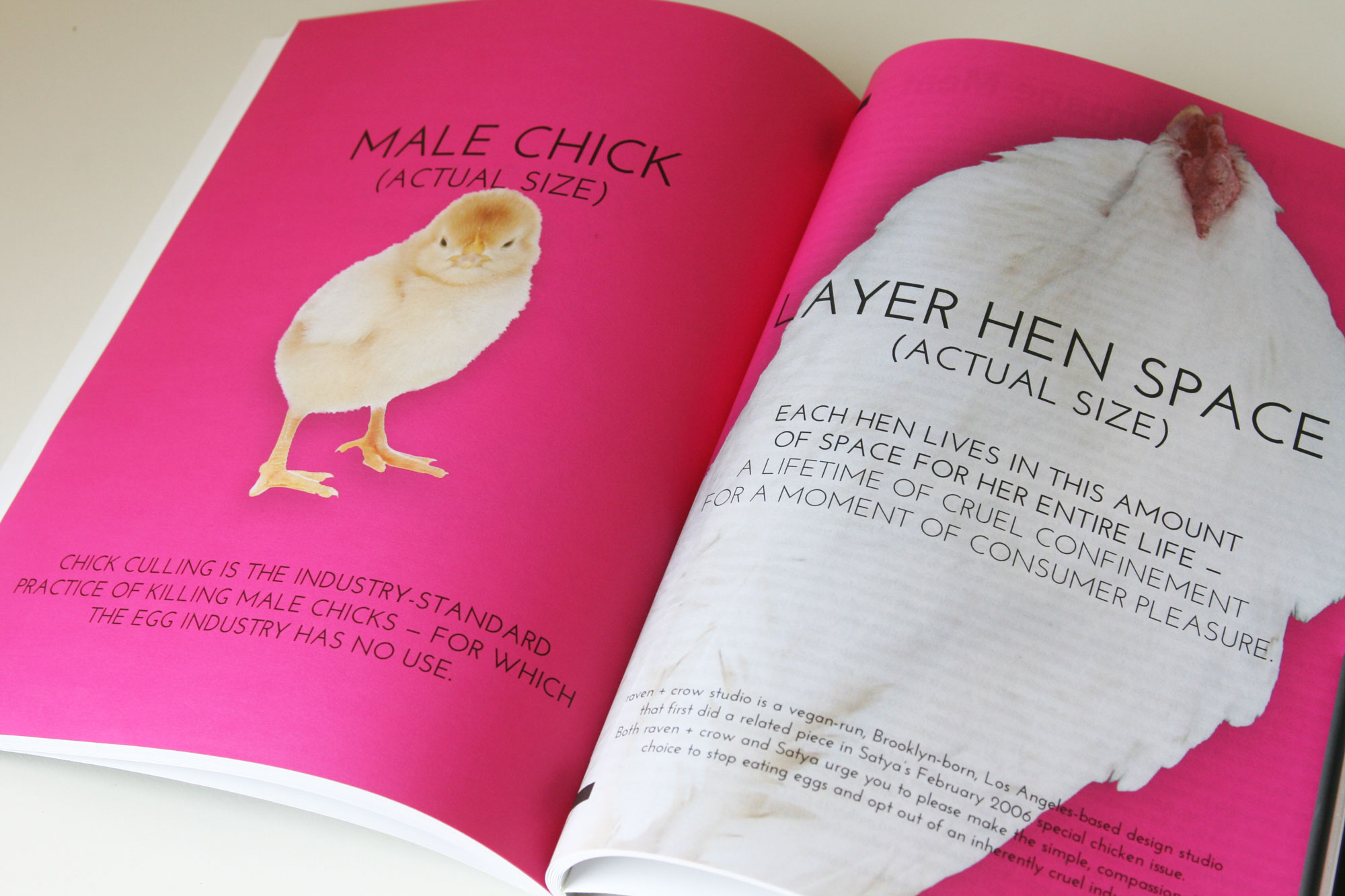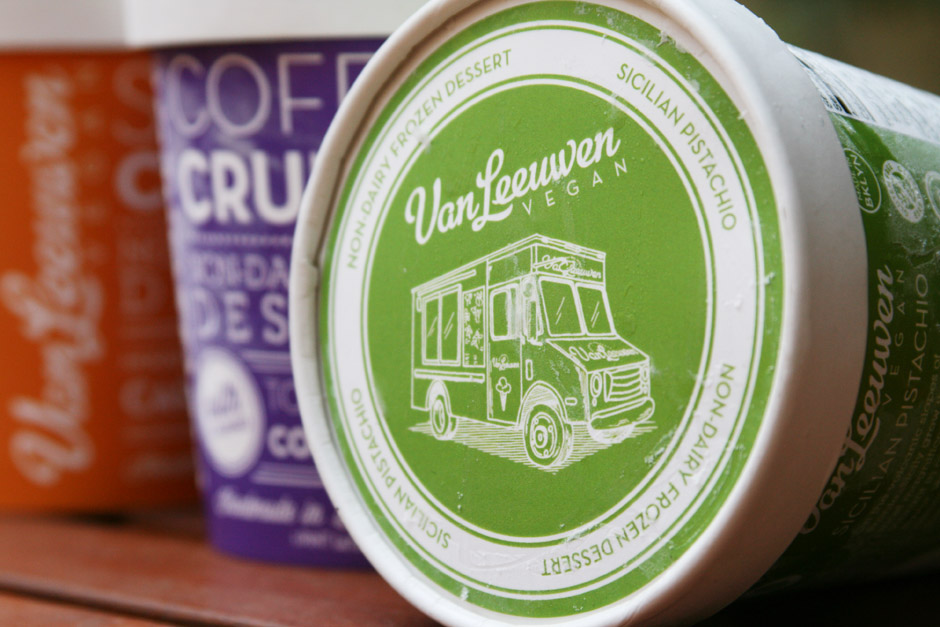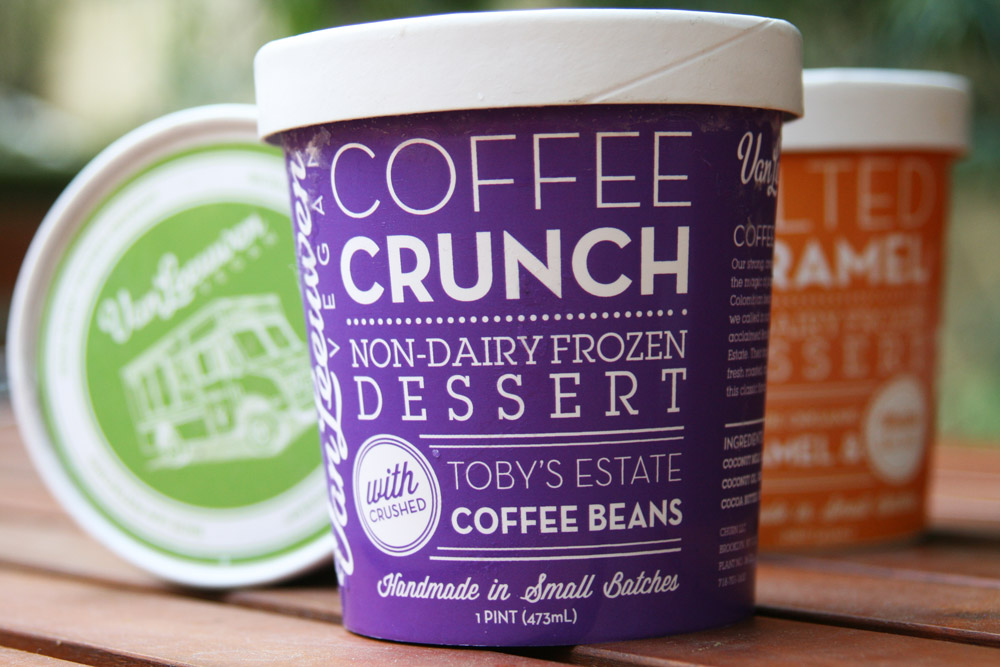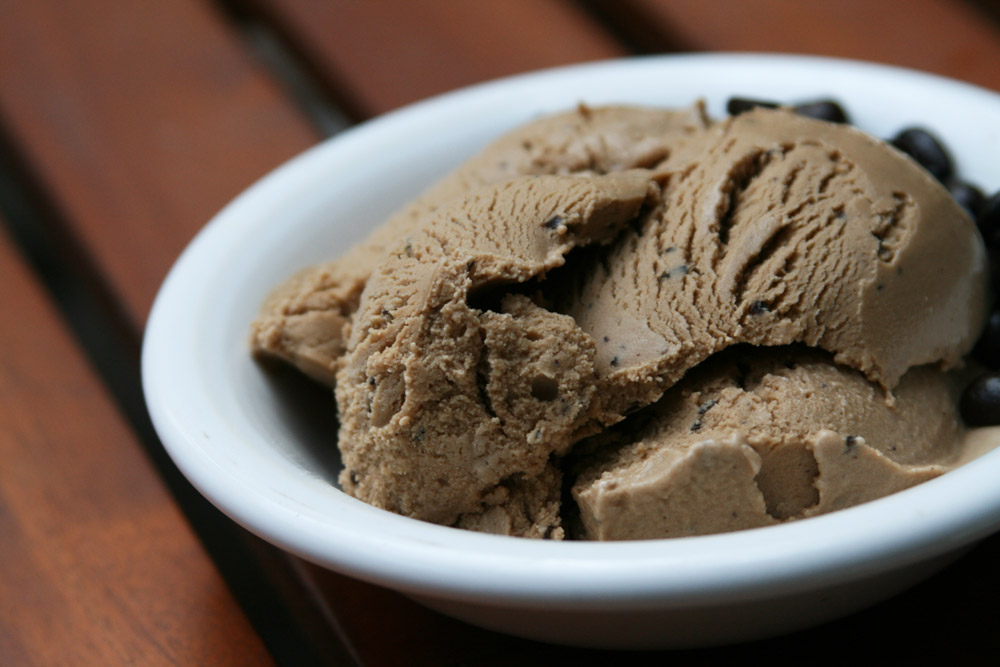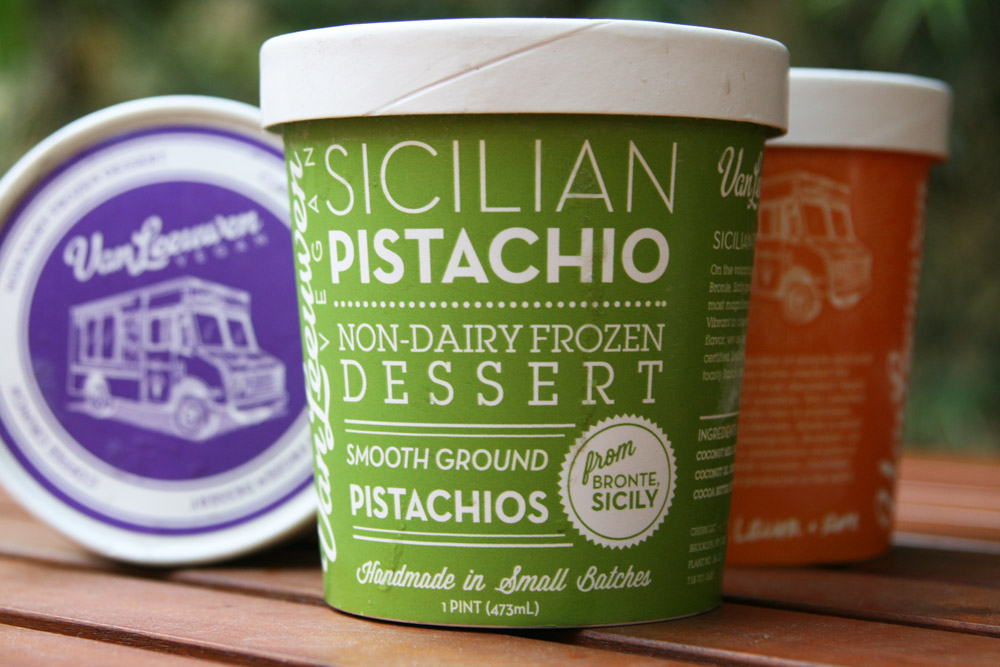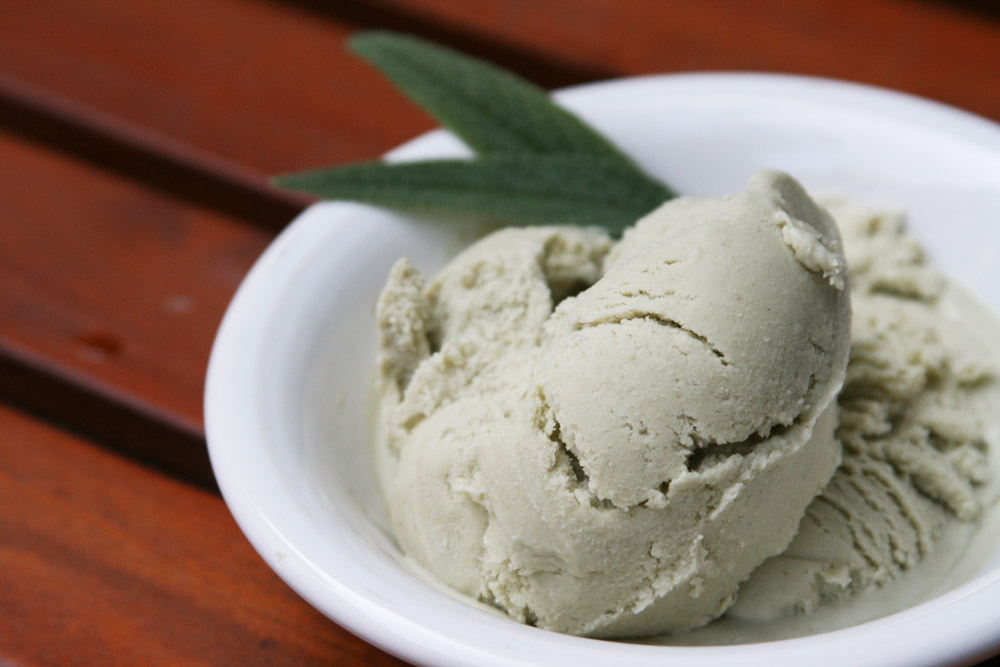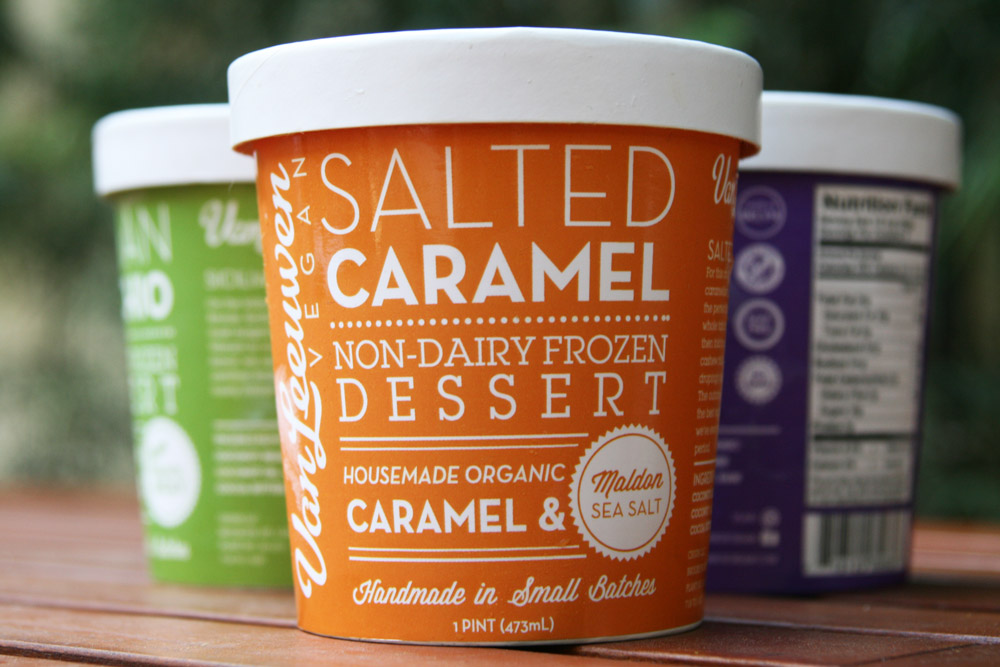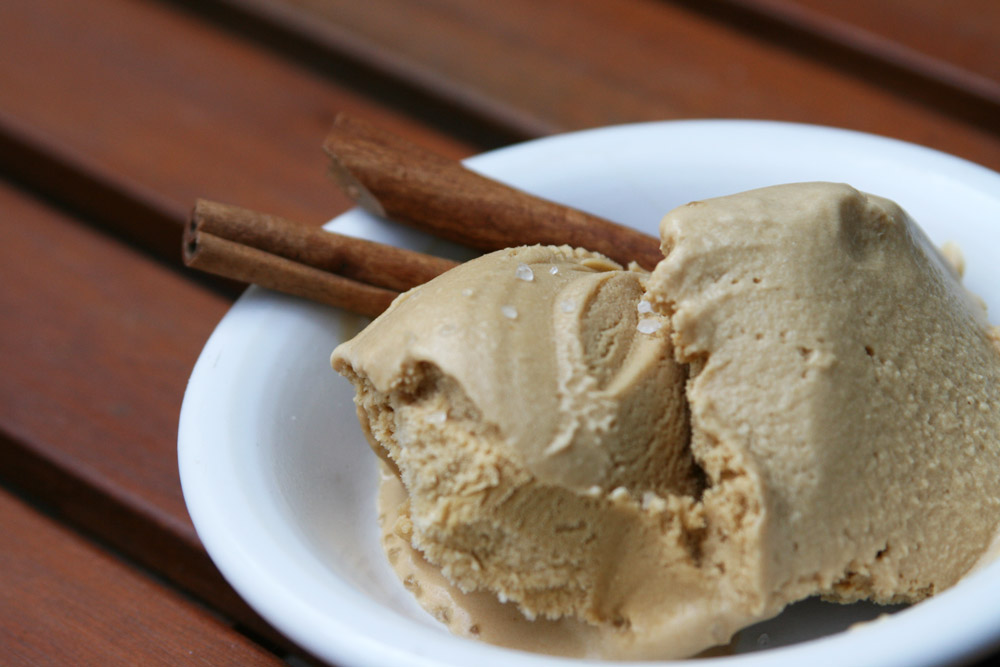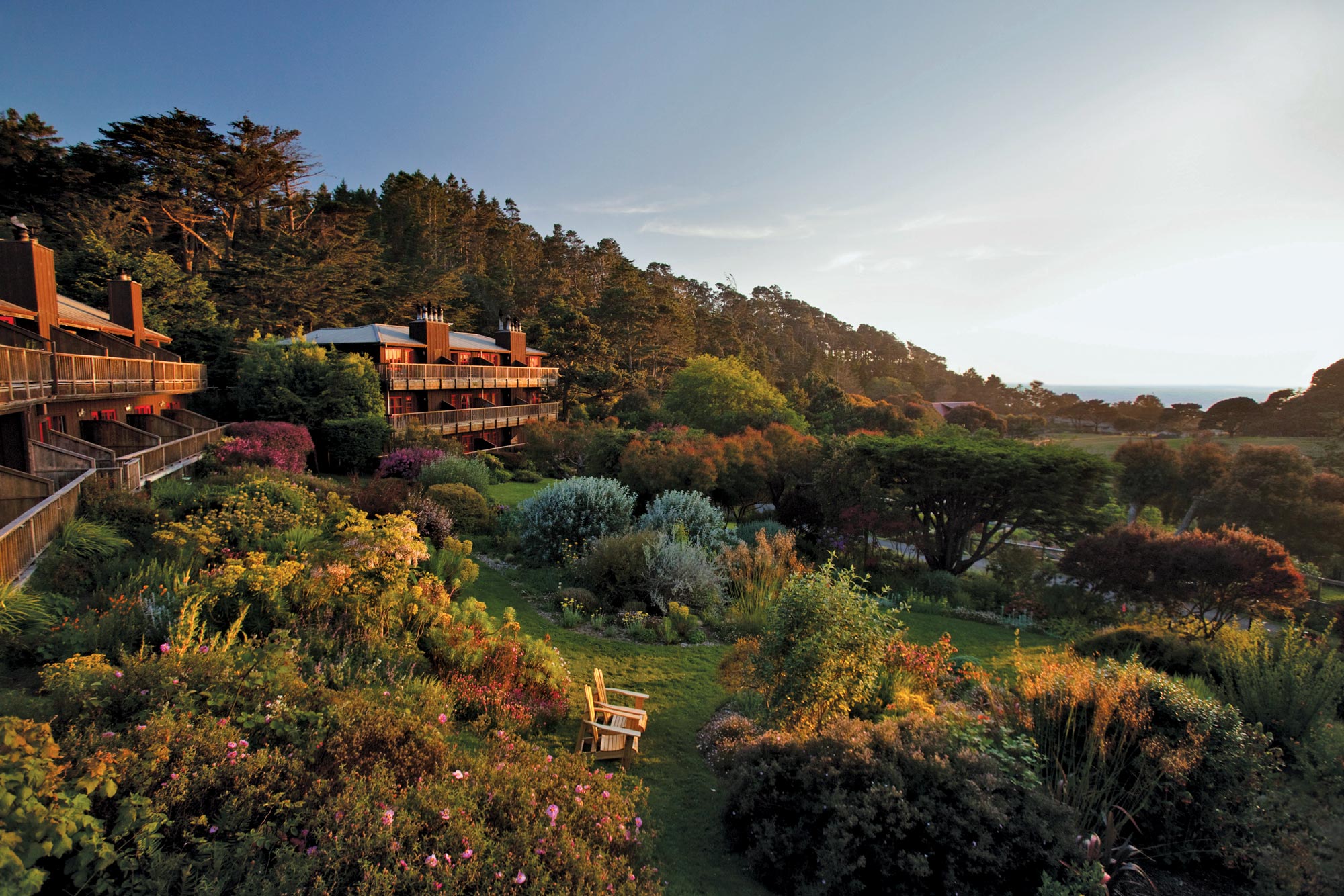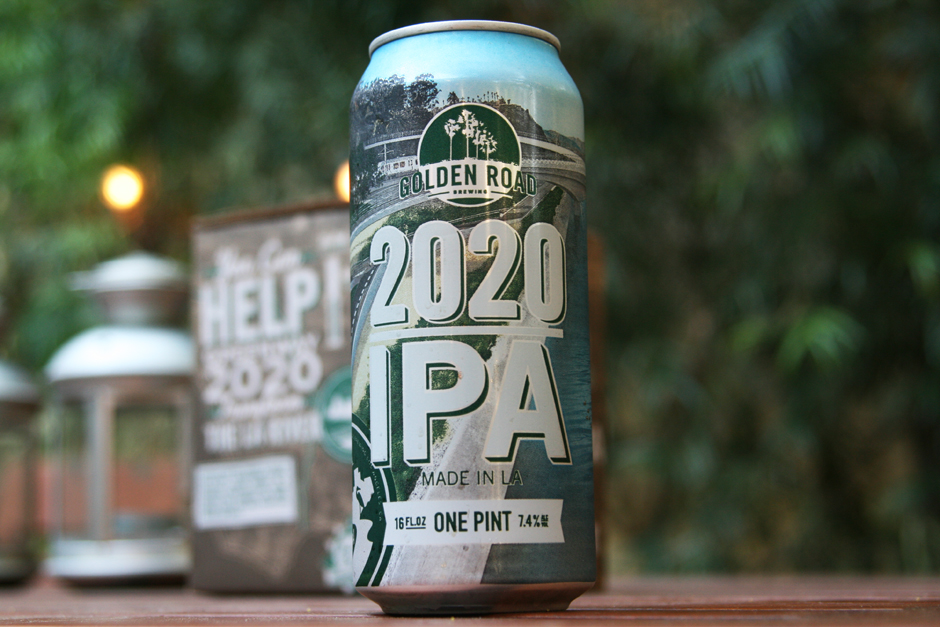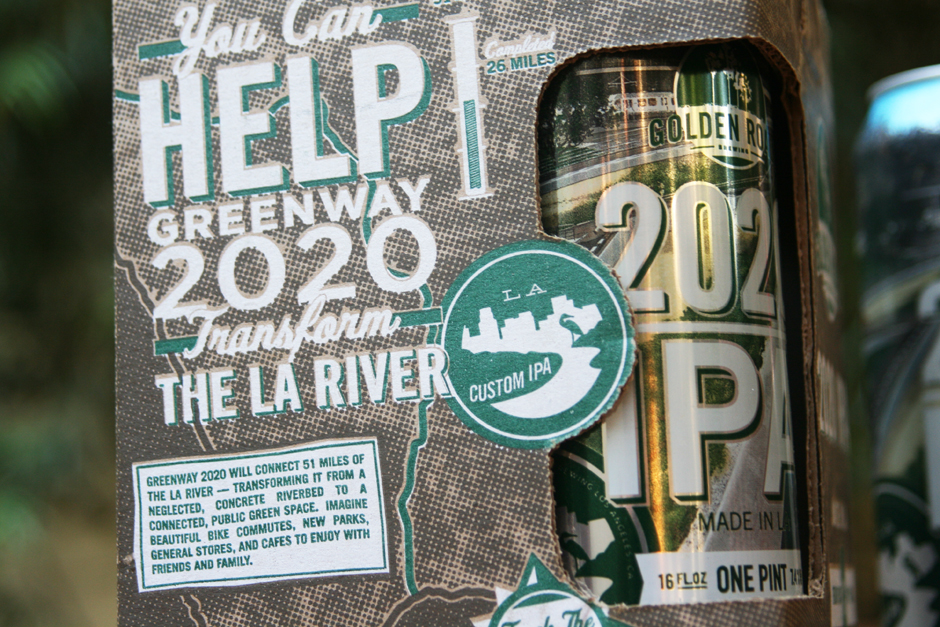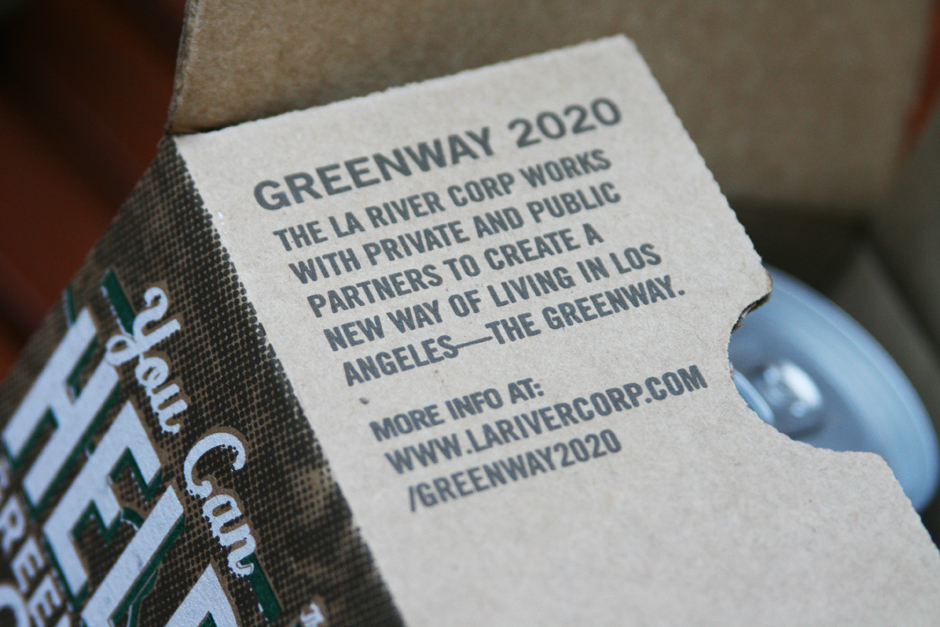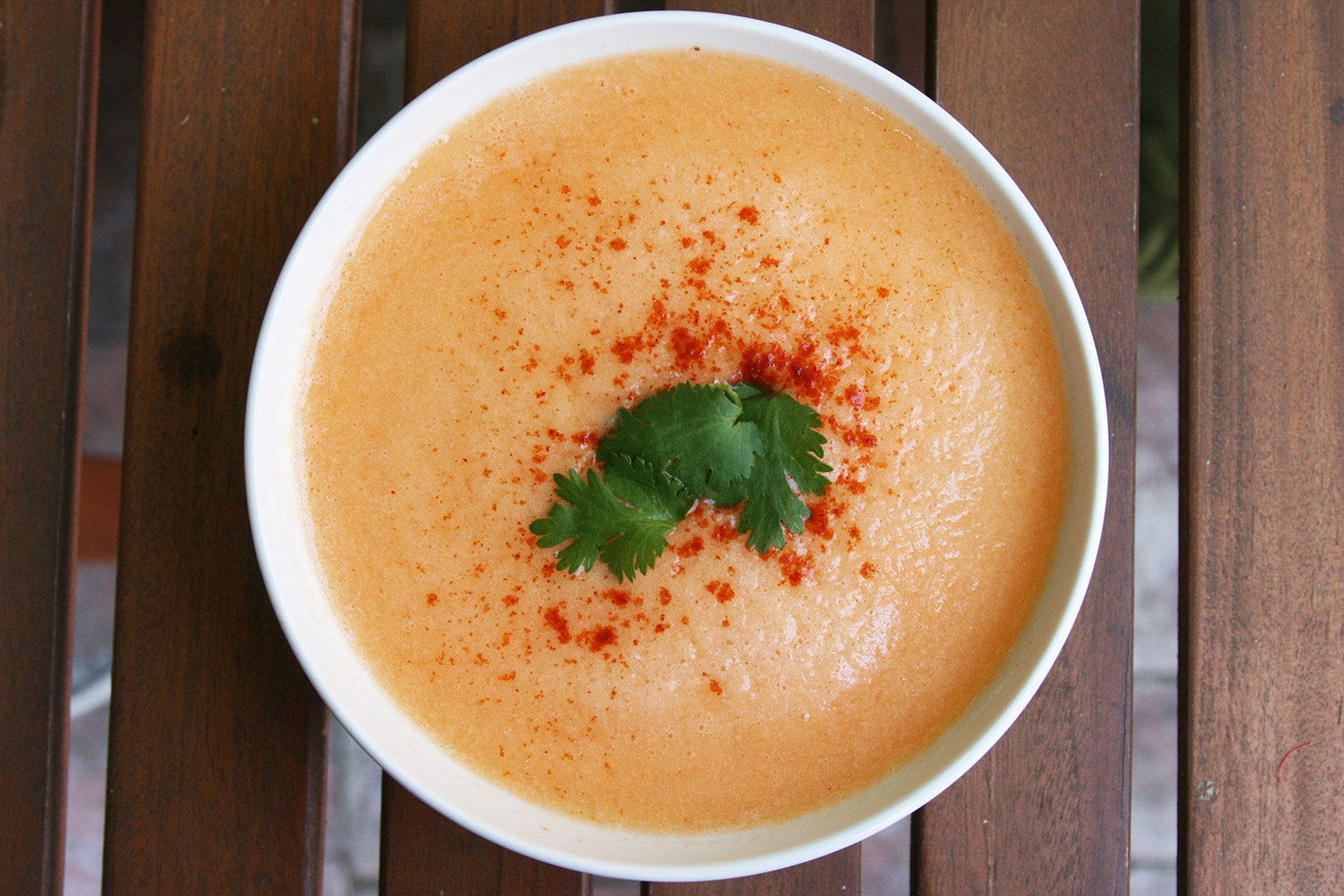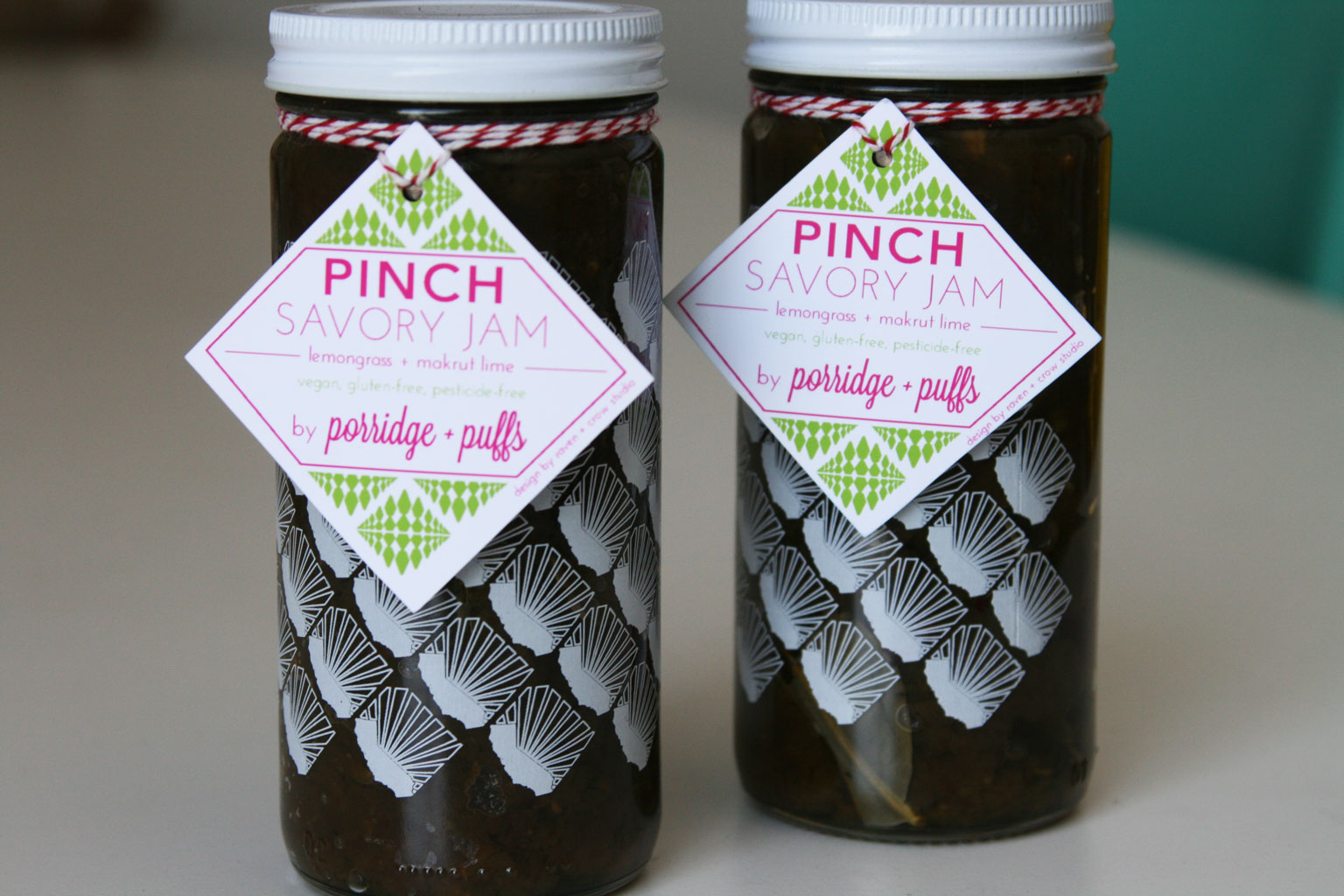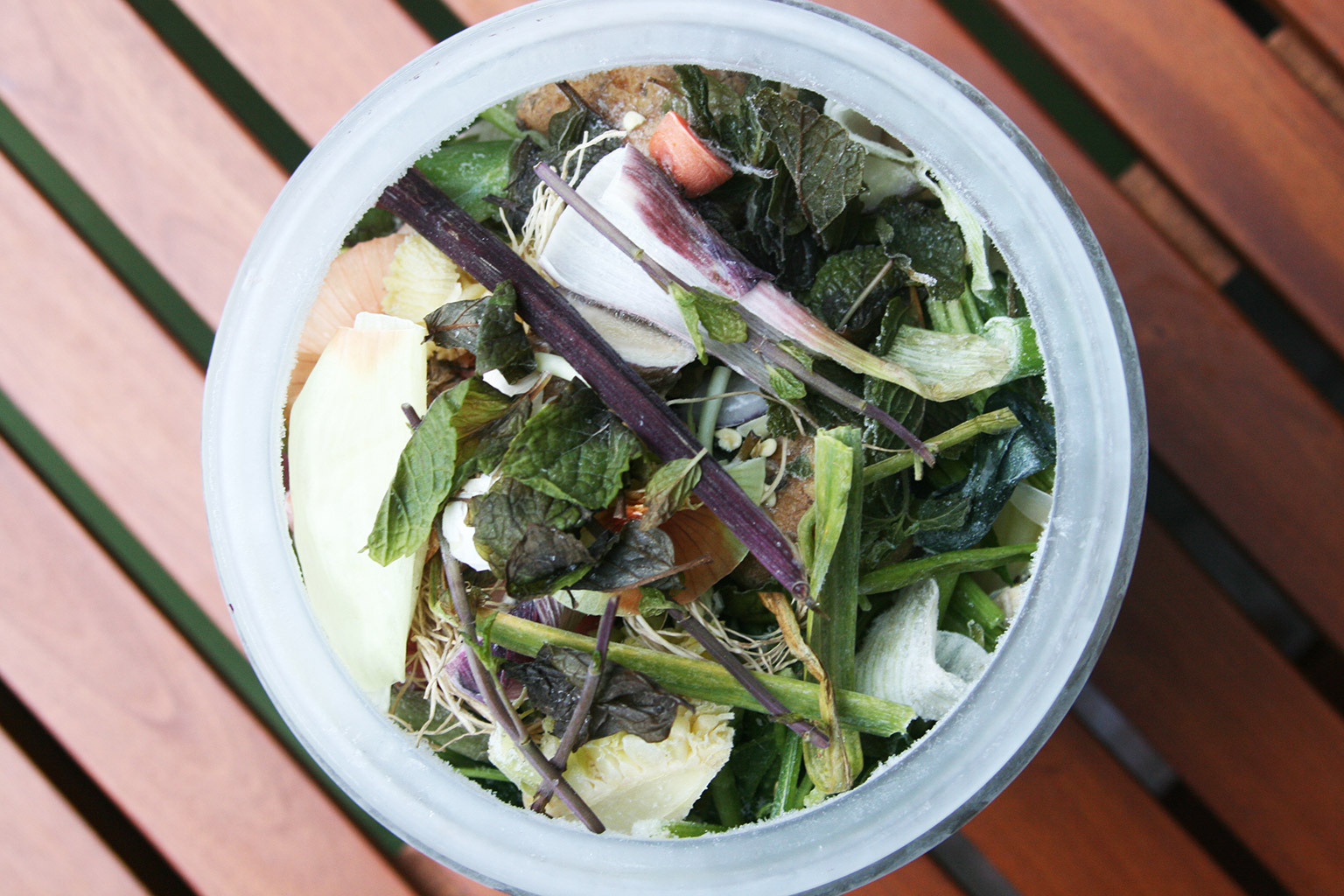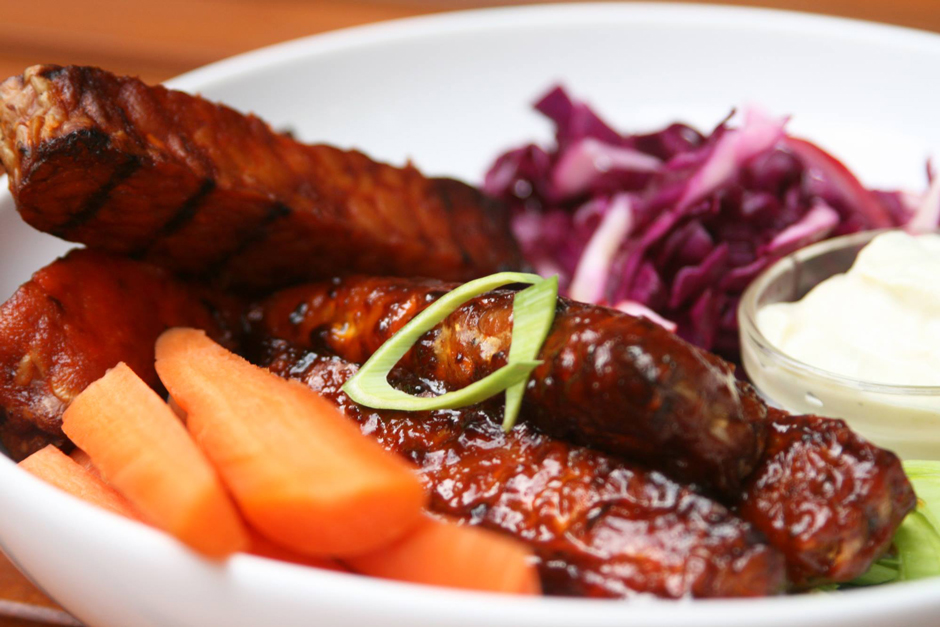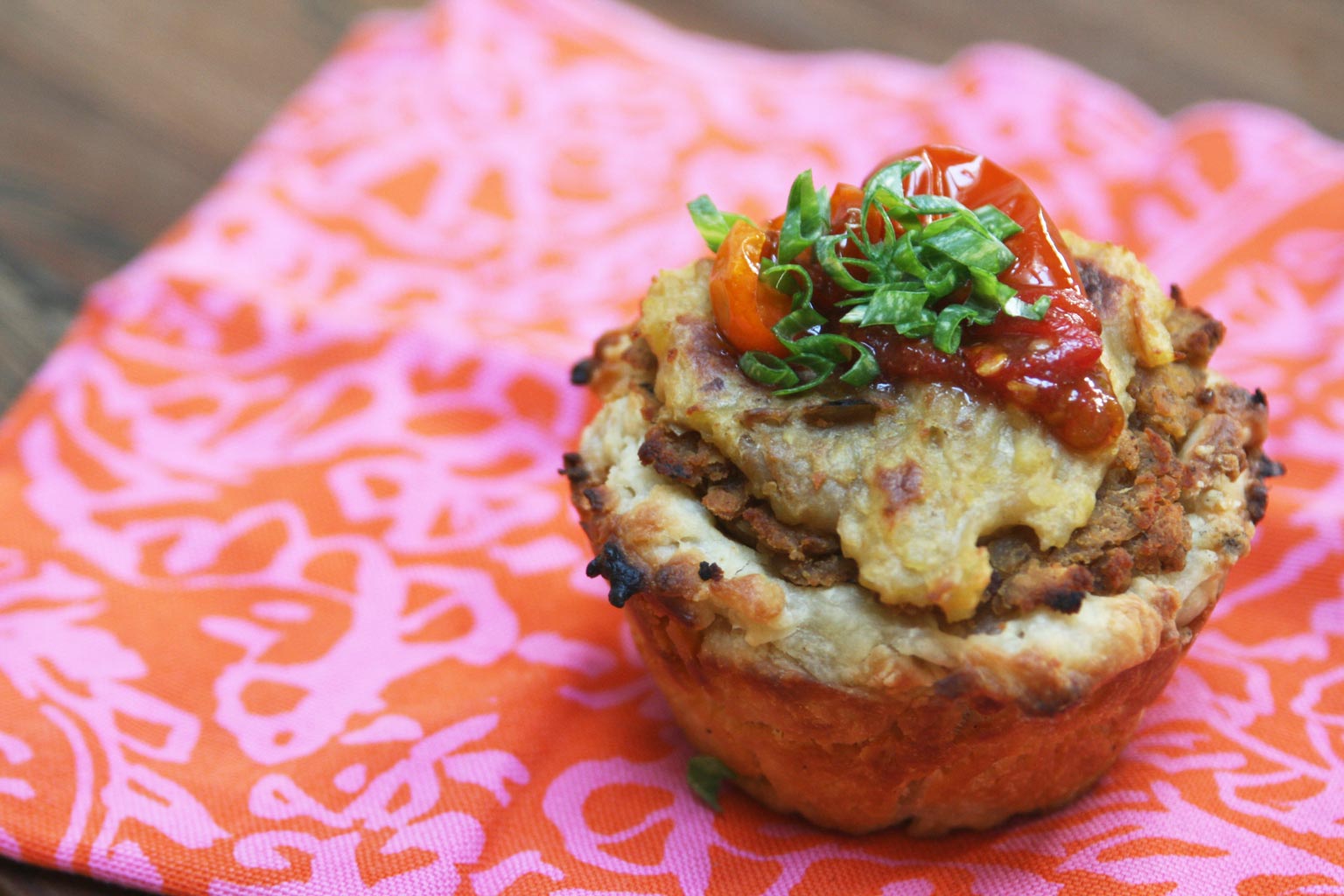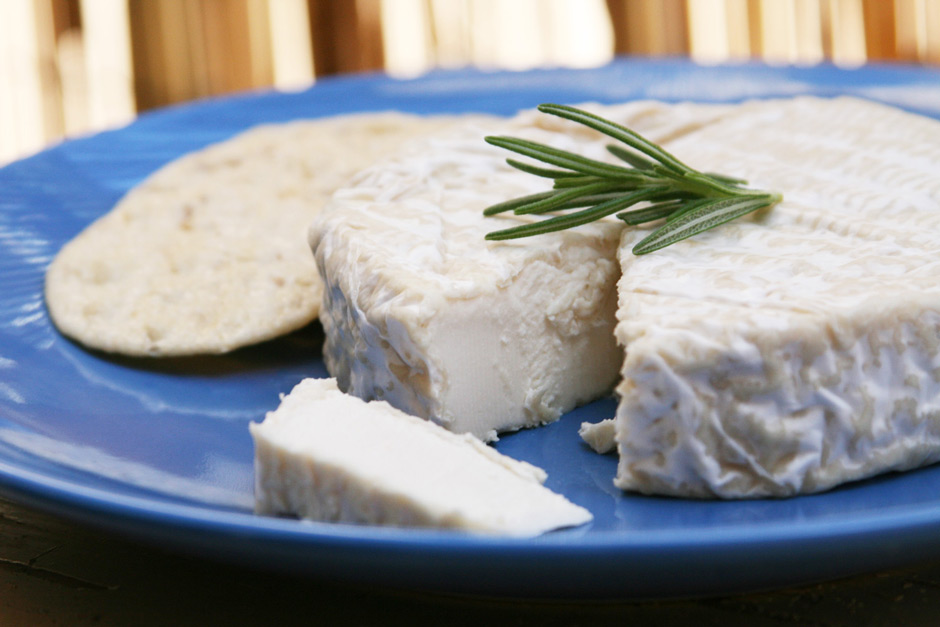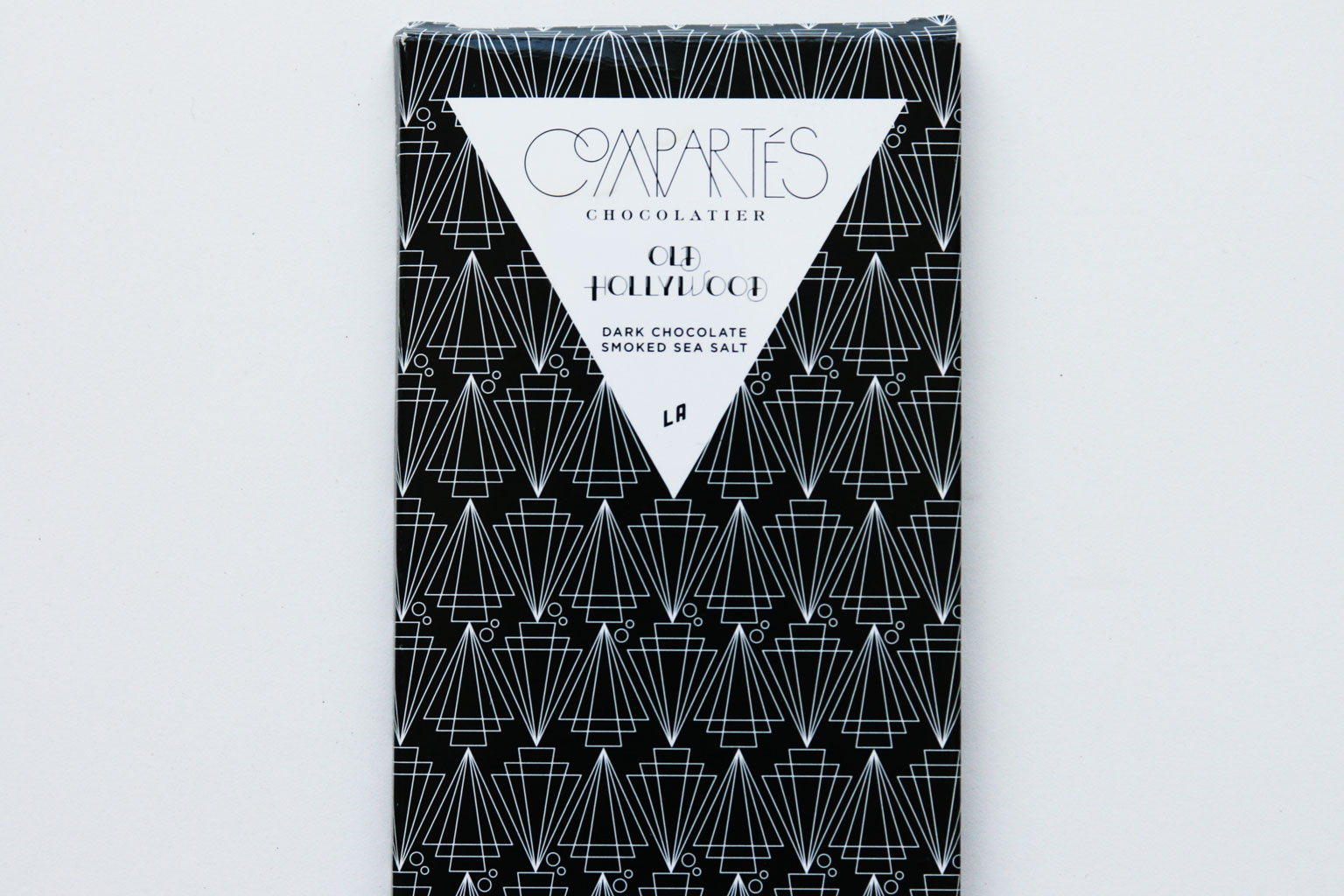March 6, 2014
One we thing we love about LA is our particular neighborhood—Beachwood Canyon. It was a part of town we knew absolutely nothing about seven months ago, but it has this unique, small-town charm to it that we never would have expected from Los Angeles. There are local theatre performances in an old silent movie theatre, bingo nights, square-dance jamborees, and we’re told our particular street is “legendary” for its street-closing Halloween parties.
At the hub of much of the community activity is the Beachwood Cafe—a beautifully designed, sun-filled cafe about halfway to the Hollywood sign up Beachwood Drive. We took a little time out to talk with owner, Patti Peck, about the cafe and to find out more about our new neighborhood and what makes it so special.
raven + crow: So, how did Beachwood Cafe start? I hear there used to be a more scaled back coffee shop there before you all opened.
Patti Peck: Right, the same family operated it for 37 years and I remember coming up here in the 80s and being aware of what a time bubble it was (and still is). I loved the feeling of the place, so when the landlords asked chefs and restaurateurs to put in their proposals, I jumped at the opportunity. And here we are.
Who did your interior design? We LOVE the wallpaper and overall aesthetic.
Thank you so much for saying that. We got a lot of grief about the changes we made to the place at first, but Barbara Bestor—who is the goddess diva of architecture and design in Los Angeles—was very mindful of echoing the old place (instead of the slash and burn approach) with a fresh face.
And the logo/branding? Again, we’re fans—such a nice blue.
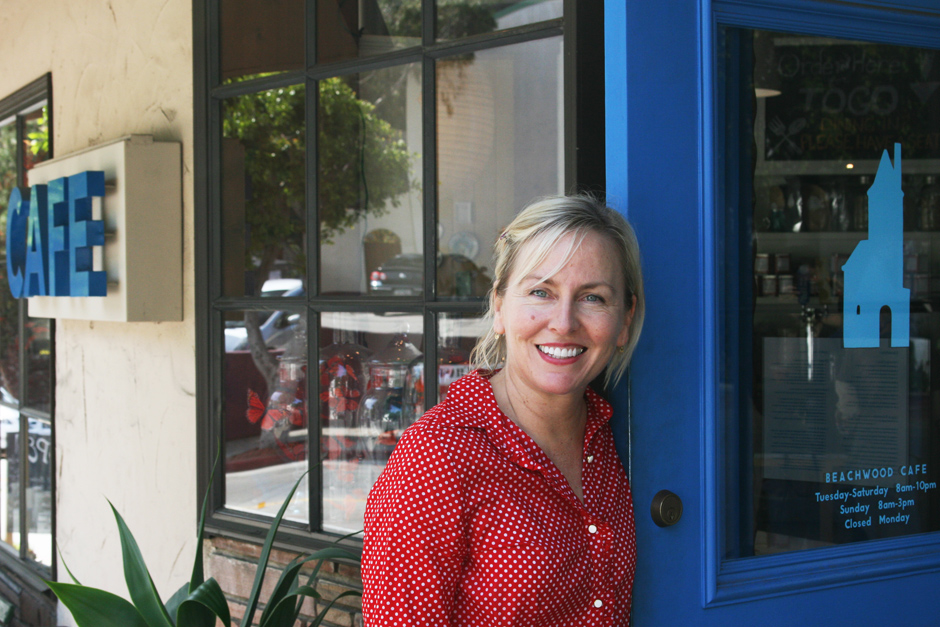 Yep, again that’s Barbara I have to thank for our logo. Someone on her team has a letterpress printing and design company called Krankpress, and she’s a genius named Elinor Nissley.
Yep, again that’s Barbara I have to thank for our logo. Someone on her team has a letterpress printing and design company called Krankpress, and she’s a genius named Elinor Nissley.
Well it’s awesome. It all works so well with the cheery mood of the space. How would you describe the cafe to someone who hadn’t been before? I feel like you’ve got takes on pretty traditional cafe fare and home cooking, but then you’ve got some nice dishes like your bowls + your banh mi with some Western influences.
I would describe it as a healthy California coffee shop. We make everything from scratch including our pickles and jams and we source all of our proteins and produce very carefully so we can make the cleanest and tastiest food possible. We do have some ‘all over the map’ dishes on our menu and that’s because the menu has evolved through consensus—these are the things that stuck.
While we’re on it, is it possible to do the chicken banh mi with tofu instead of chicken? …we love banh mi….
Oh gosh yes—why didn’t we think of that? I’m going to put it on the next menu, which is coming soon. Thanks for that.
Oh awesome. We will promptly eat that. Even to an outsider or someone first visiting the cafe, I think it’s fairly obvious that you really try to emphasize local and house-made foods and ingredients. Was that something that was important to you going into this?
I grew up on a farm and I am always trying to get back to that place where you are close to the land and make everything on your table, including the table itself. Also, the first people I met in Beachwood Canyon were the residents who were just starting the Hollywood Orchard, which is a virtual community orchard. Lucky for me, they are really great and do fun stuff in the community, which I get to be a part of. Also, I get to be a recipient for local fruit that gets canned or jellied.
Yeah yeah yeah! We had no idea we were moving to Ground Zero for the Hollywood Orchard when we moved to Beachwood. We were just planting some new trees with the team a couple weeks ago.
Yeah, I don’t know who thought of starting the orchard, but I’m so glad they did. We made grilled loquats last year that went on a pork chop and Minh made some coffee cake with them; she also pickled some.
Right—we heard that Chef Minh, who helped open the restaurant, has moved on after these initial few years. I know that was planned from the start, but how do you see that changing the Cafe in the near- or long-term?
Minh brought so many good flavors to the menu and we’ve kept a good percentage of them as our back bone, but it changes depending on who’s designing the menu and how the backbone fits the body.
Nicely put. We’re both long-time vegans, so we were especially excited to see so many vegan options on your menus. Do you feel like there’s more of a need for restaurants to cater to a meat-free crowd than there has been in the past?
Yes, and I hope that keeps expanding until it gets popular with our country’s interior. I think so many people think of eating vegan as a punishment—I know I did once—but I feel like it is more sophisticated and comfortable for people to cook vegan now than it used to be. I mean, you still have the vegan food that is trying to mock chicken or bbq beef, and is all processed, but I like the vegan food that is delicious because of the same things that make all food delicious, ie., the sweet and sour or salty and the crunch vs mush ratio. Just honest ingredients in a clever combination; that’s what i like.
Hah. I’m going to start a band called Crunch vs Mush. Love it. Now, I know you all have daily specials—Taco Tuesday; Whatever Wednesday; Curry Thursday; Fish n Chips Friday—but we haven’t check any of those out yet. Are any of those…veganizable? …I know, that’s totally not a word. Oh, and what’s ‘Whatever Wednesday’—culinary catch-all?
Yes, we can do tofu tacos and the curry on Thursday is…oops, no it’s not vegan because it has fish sauce in the curry paste…darn it. Also, Wednesday became Meaty Meat Pie Wednesday, so not vegan there.
Ooh, if you’re keen on trying other curry pastes, the brand we use is mostly vegan except for a few of their kinds (Maesri is the brand—I think they do bulk sales). Just a thought, but definitely let us know if you give them a try. We can be official taste-testers. So tell us more about what drew you to open a cafe in Beachwood specifically? What do you like about it?
It’s a small town in the middle of the big bad city. I love the kids and the families and how Astrid’s parents told her if she ever gets lost, to just go to the cafe and we would take care of her. So it’s the community that draws me here and our cafe is an anchor in the community. It’s a place for people to connect.
Ah. I don’t know who Astrid is, but that’s super-cute. Do you get a ton of people coming in asking for directions to the Hollywood sign?
Yes and we tell them directions are free with purchase.
Nice. Any specific goals or future plans for the cafe?
We just started doing delivery and that’s going well. I am in the process of expanding our baked goods with some savory and sweet stuff, as well as vegan and gluten-free options. Then I want to tackle a prepared food division for families to stop and get dinner to take home.
Oh, that’s cool.
Oh and let me plug this cooking show that will air in April that I’m a contestant on—it’s called Chopped and I had so much fun doing it. When it airs, we’re going to do the menu from the show that night and watch the show in the cafe—can you come? It’ll be fun!
We’ll totally come!
Becahwood Cafe is located at 2695 N. Beachwood Drive and open for breakfast, lunch, and dinner Tuesday – Saturday; breakfast + lunch Sundays. You can view their menu online and take a look to see if they deliver to your area. We recommend the vegan burger and Sophia’s Bowl.
Below, the cafe menu; Sophia’s Bowl; the vegan burger; Katie enjoying a fresh basil lemonade; a Red Eye; Hollywood Orchard merch; house-made pickles; and window butterflies.
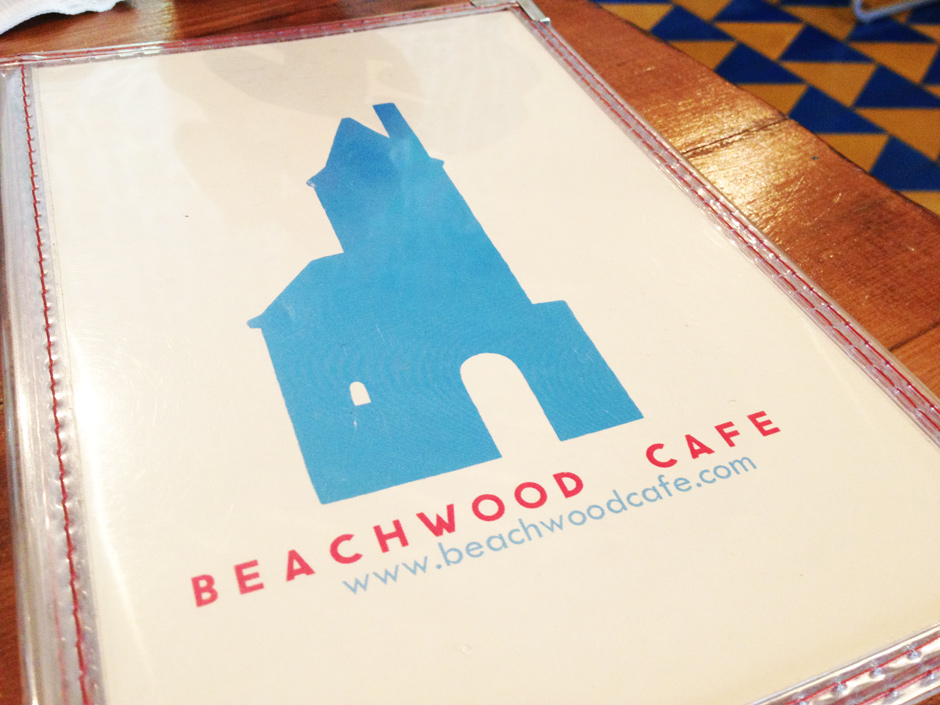
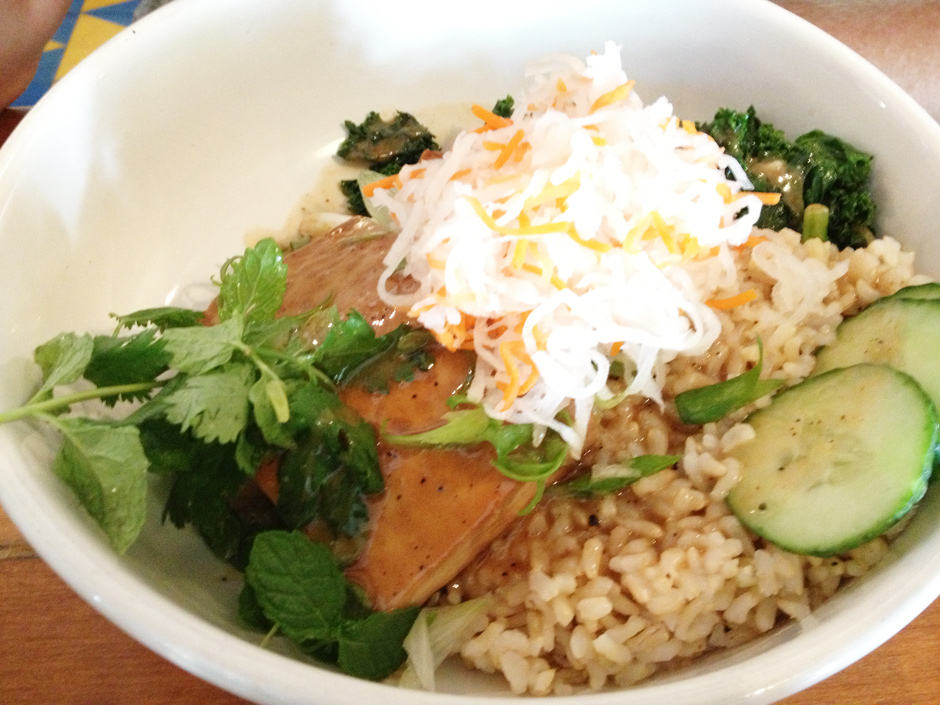
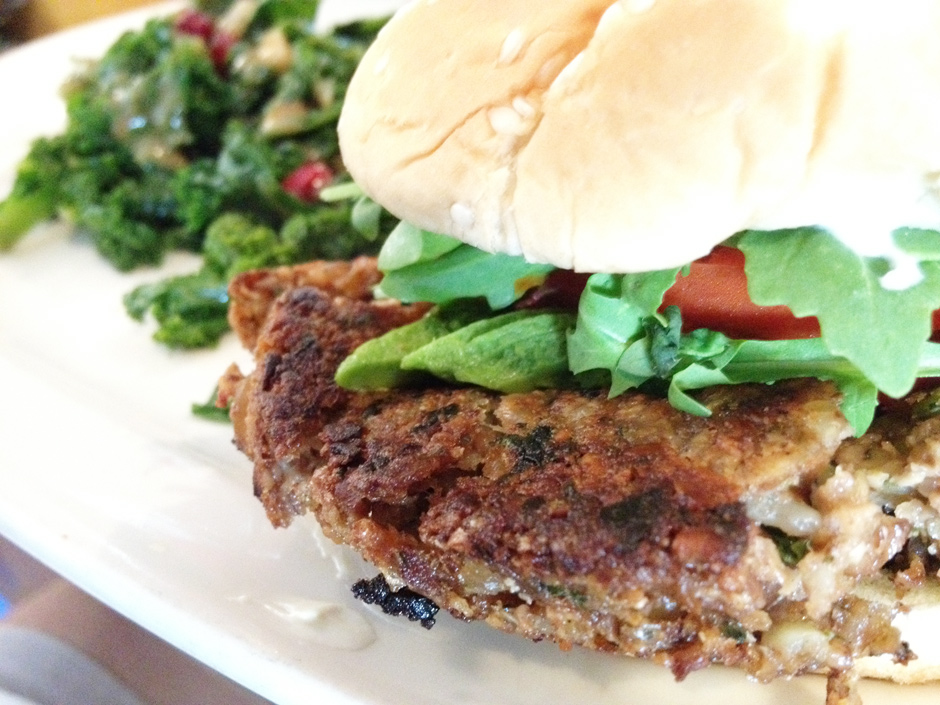
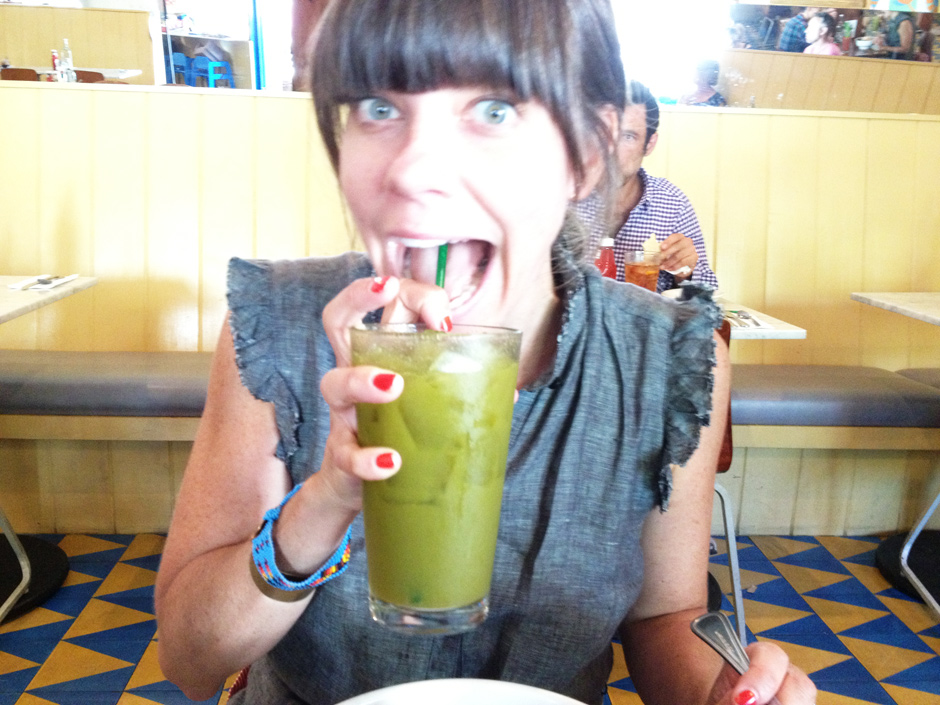
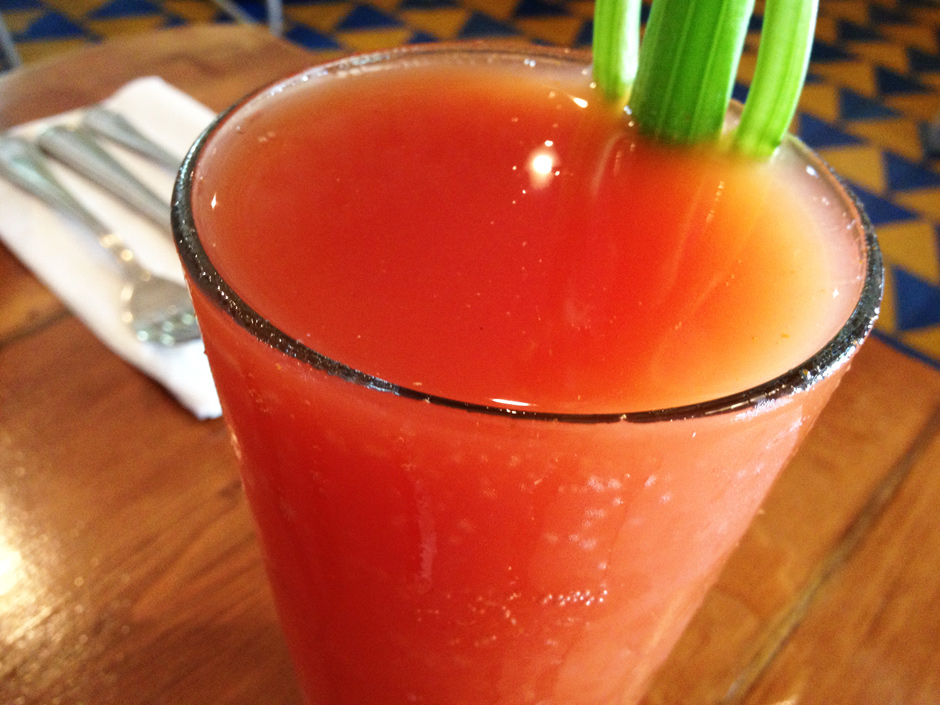
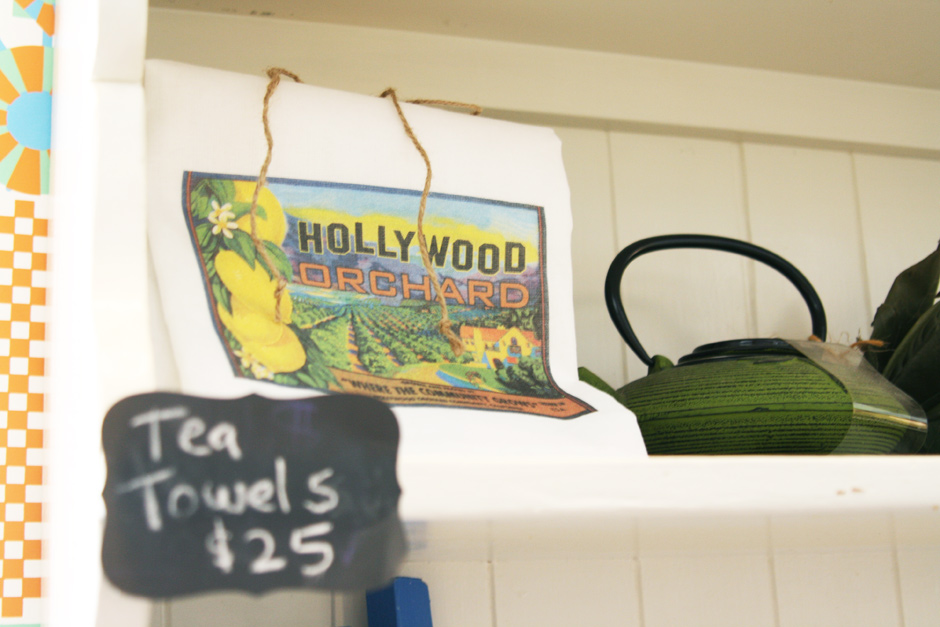
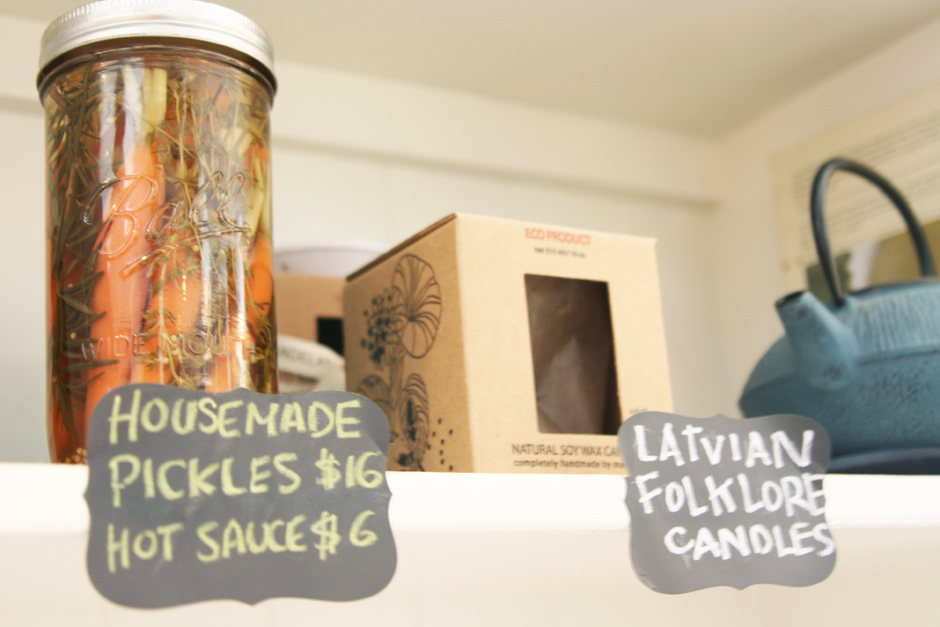

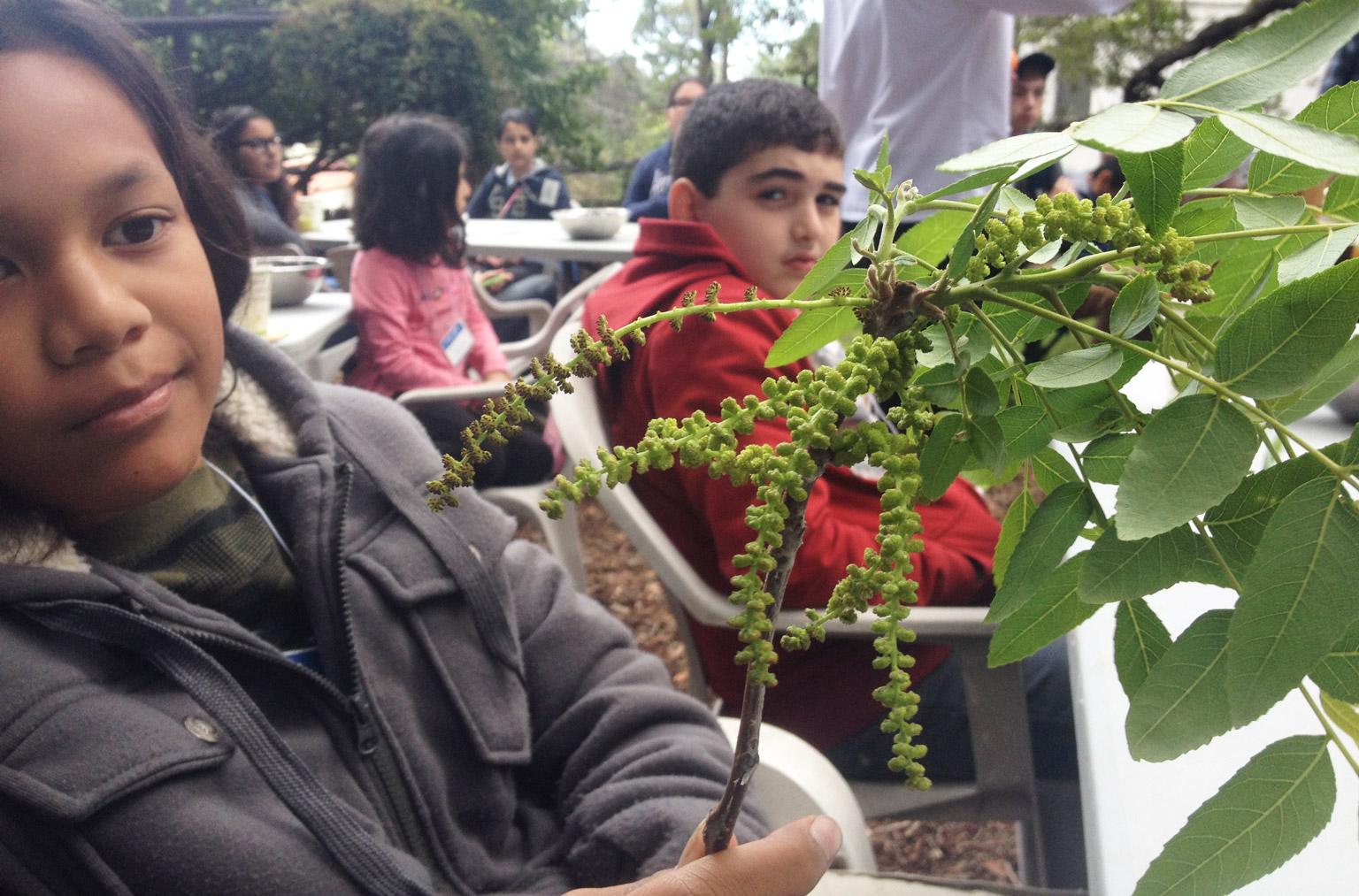

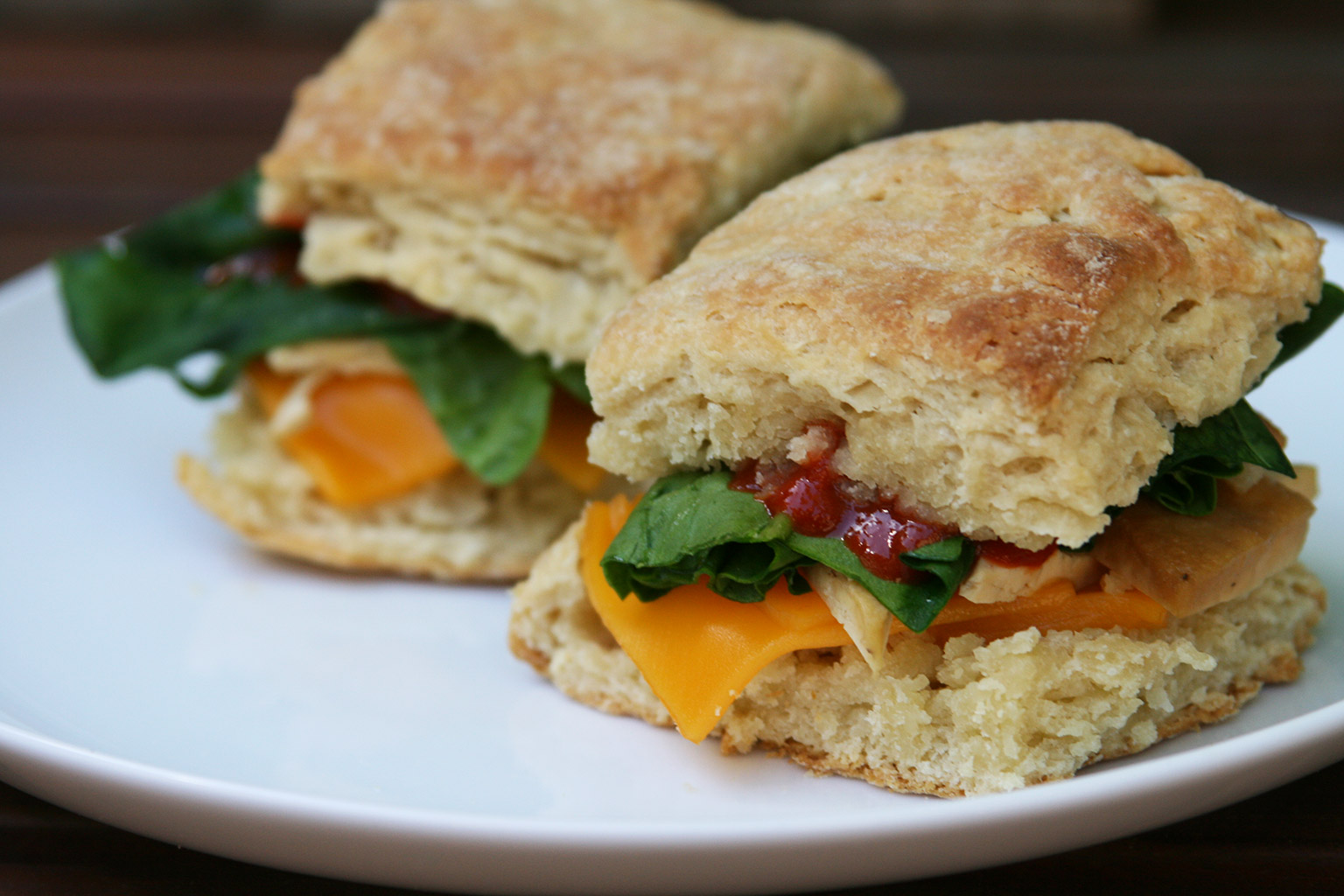

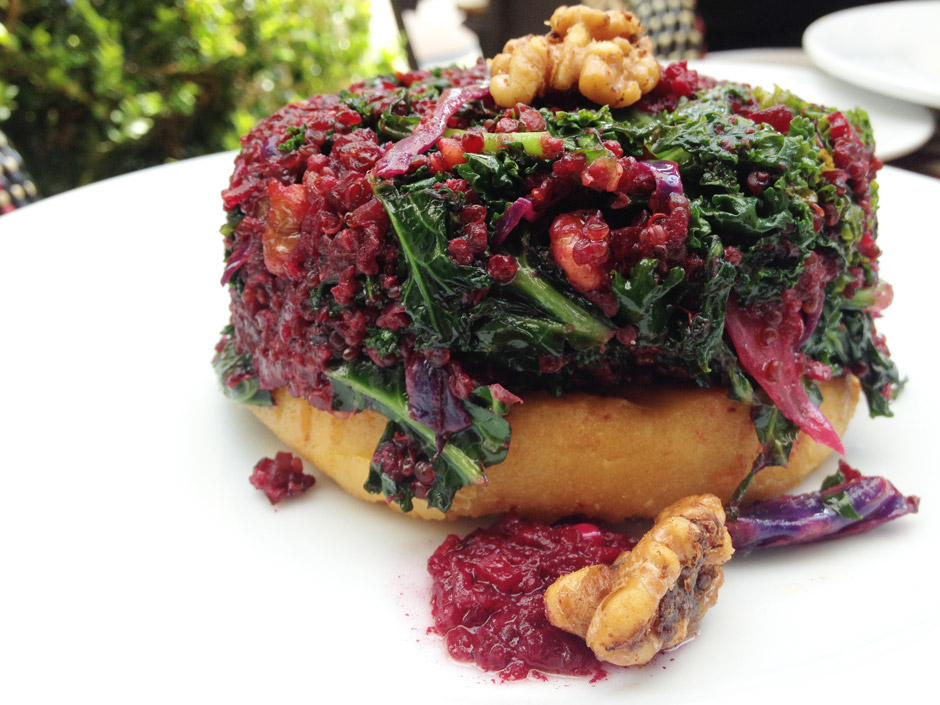
 Guys, guess what—the restaurant at the beautifully historic 1920’s hotel and celebrity hot spot,
Guys, guess what—the restaurant at the beautifully historic 1920’s hotel and celebrity hot spot, 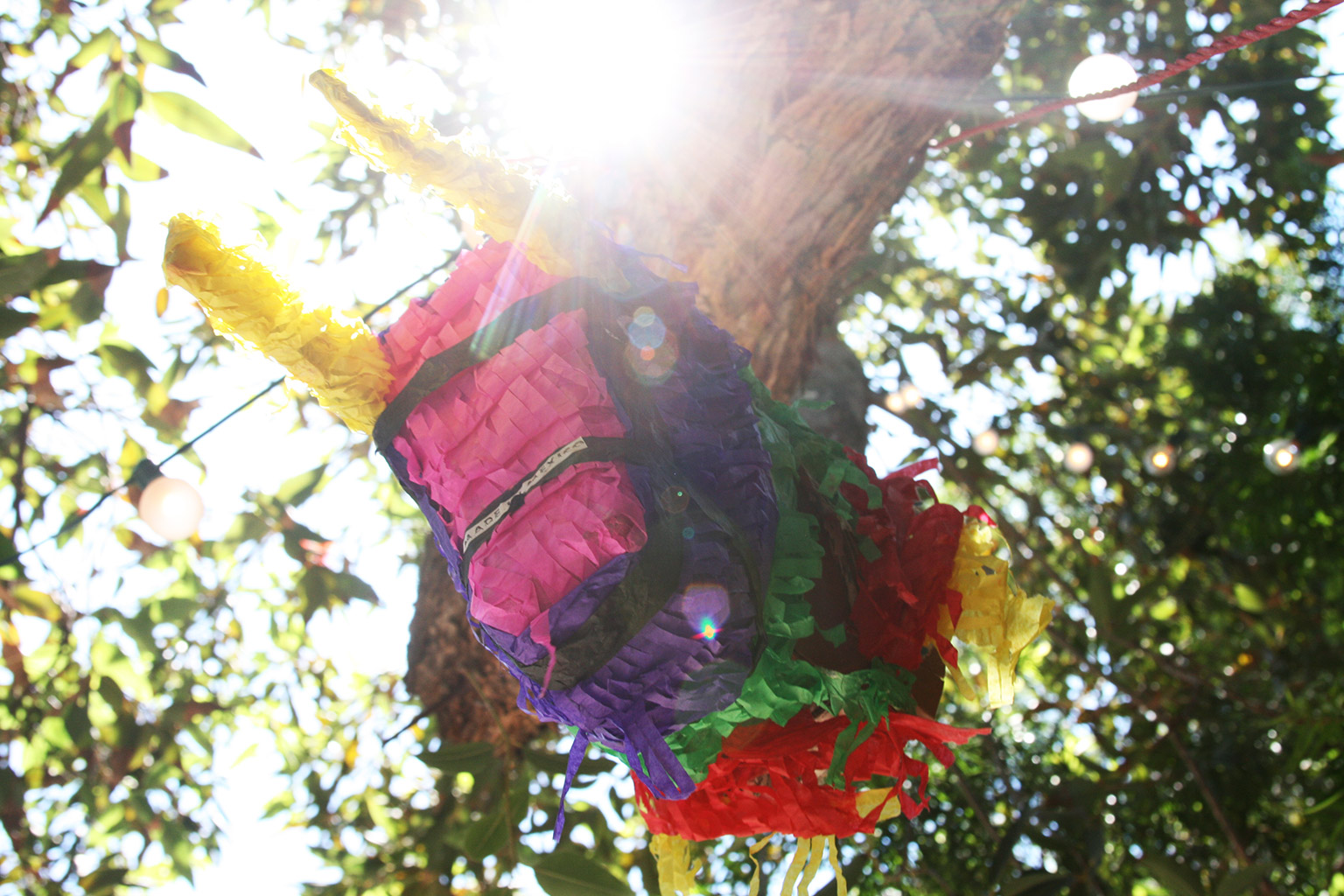

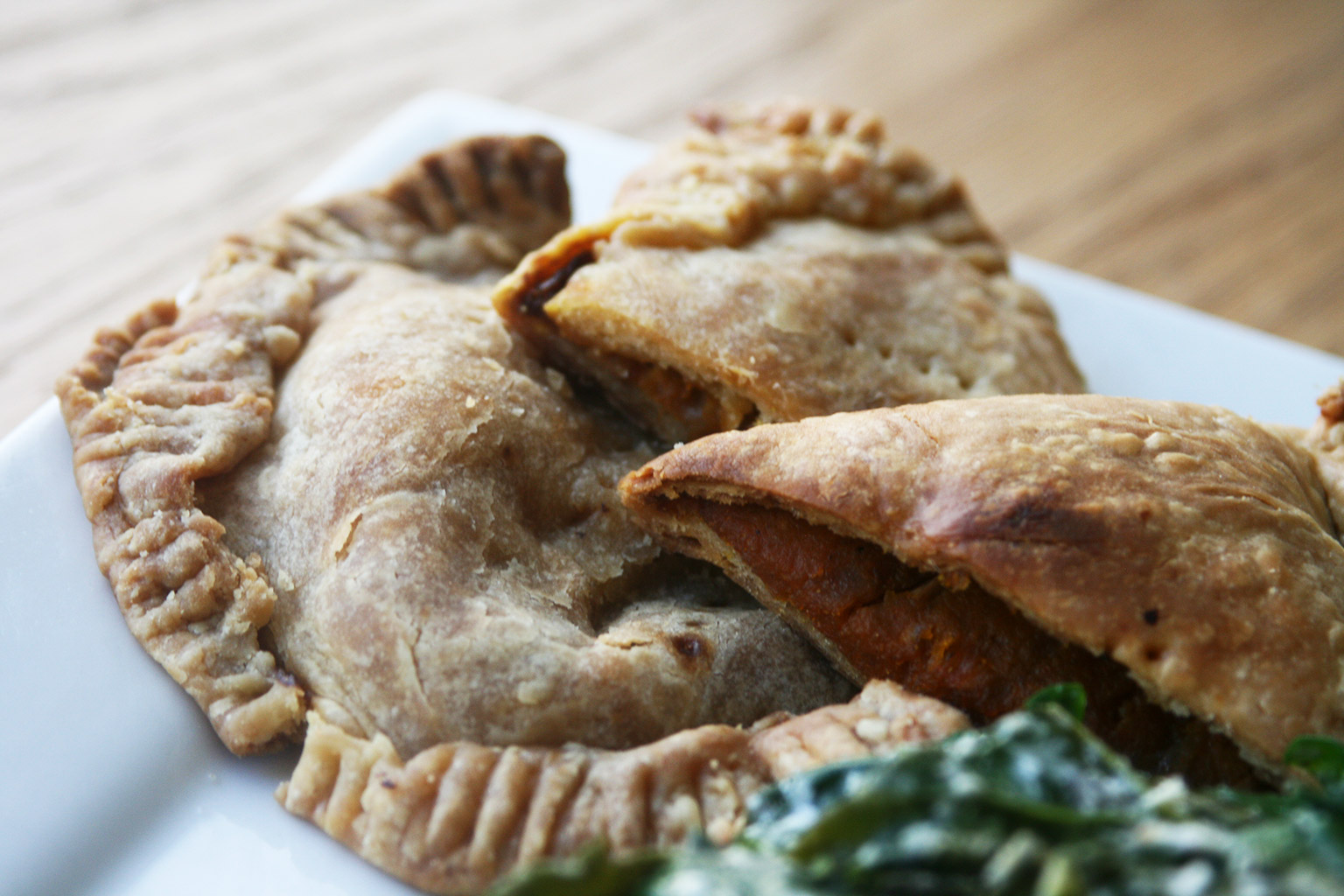
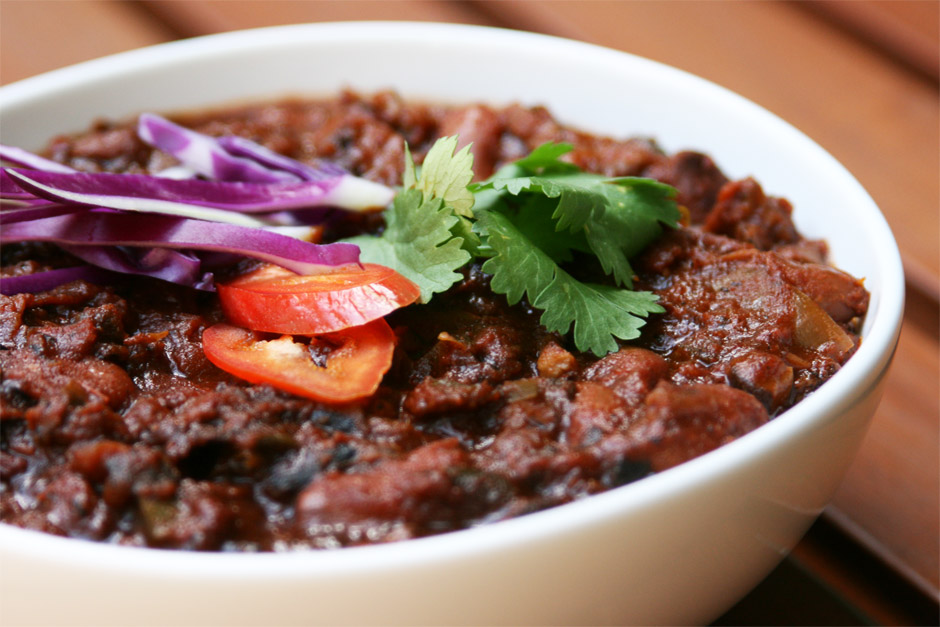

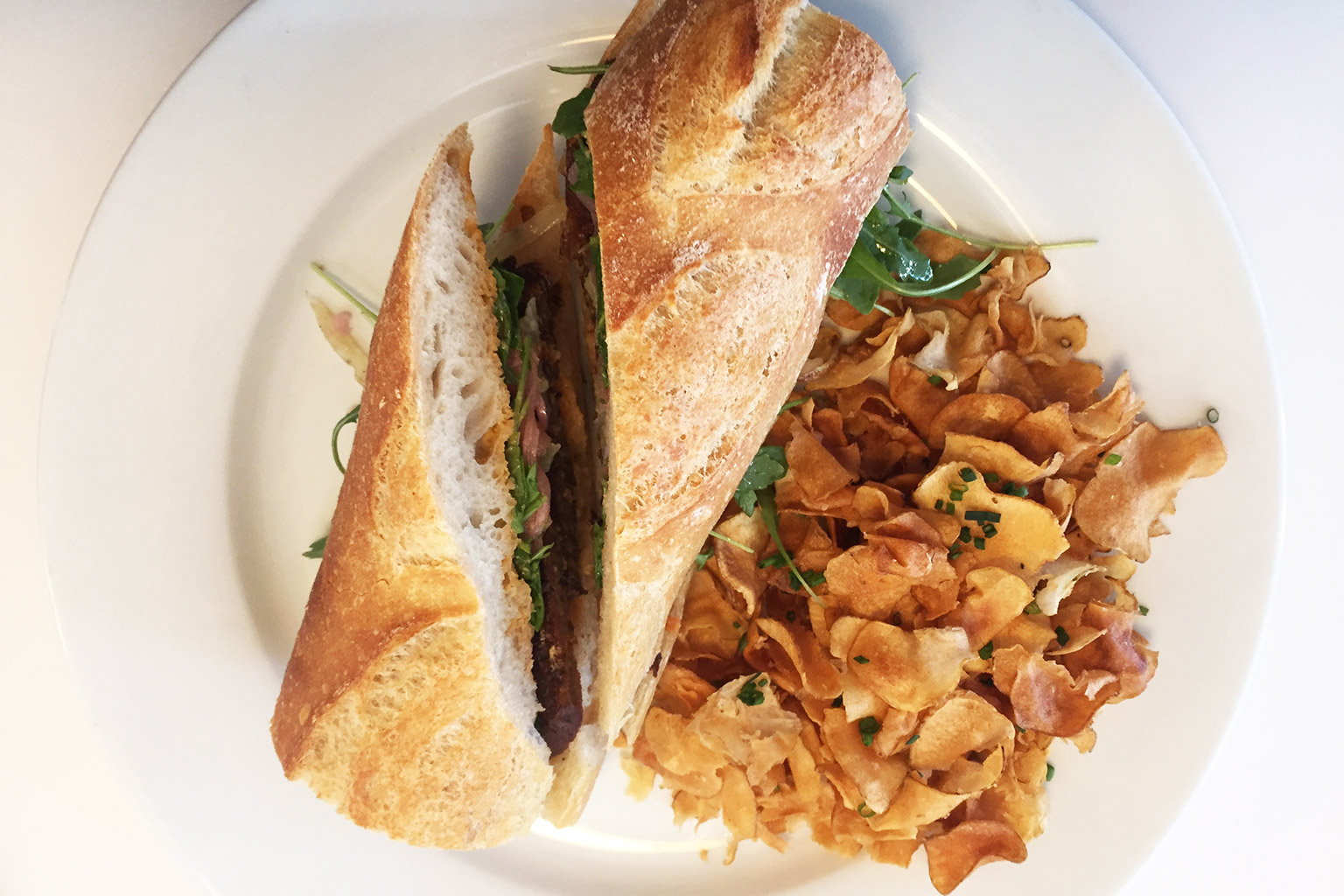


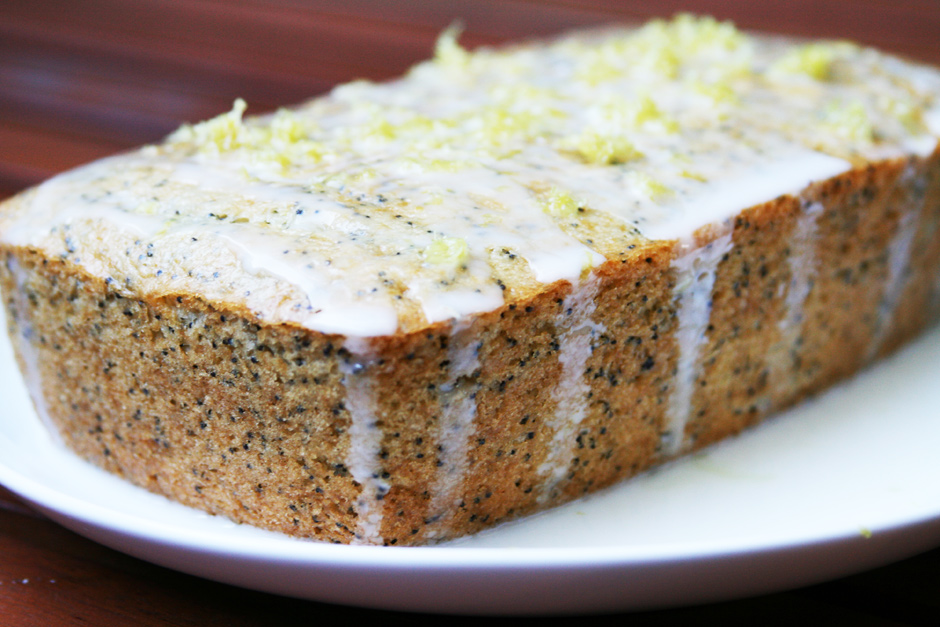
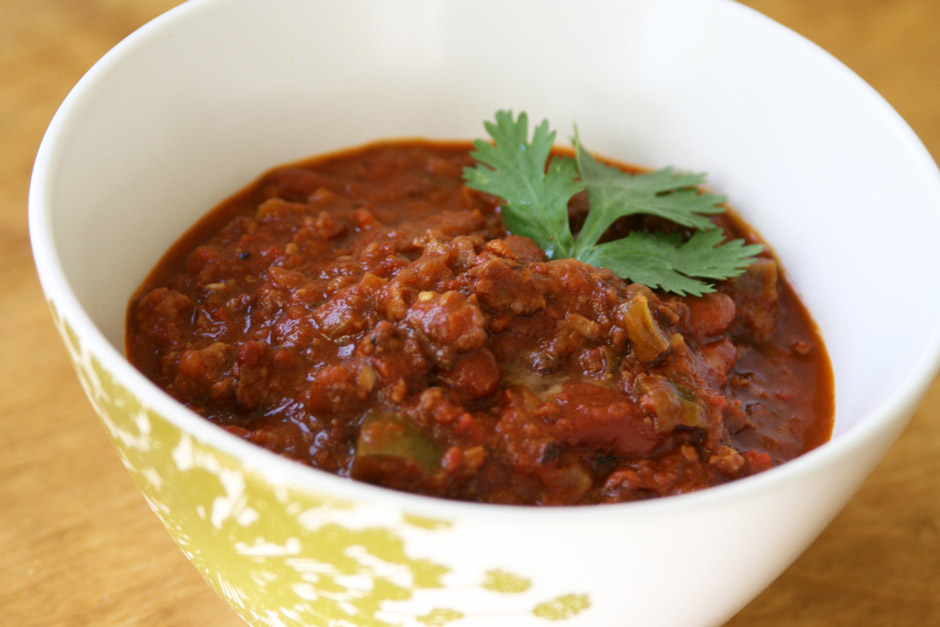

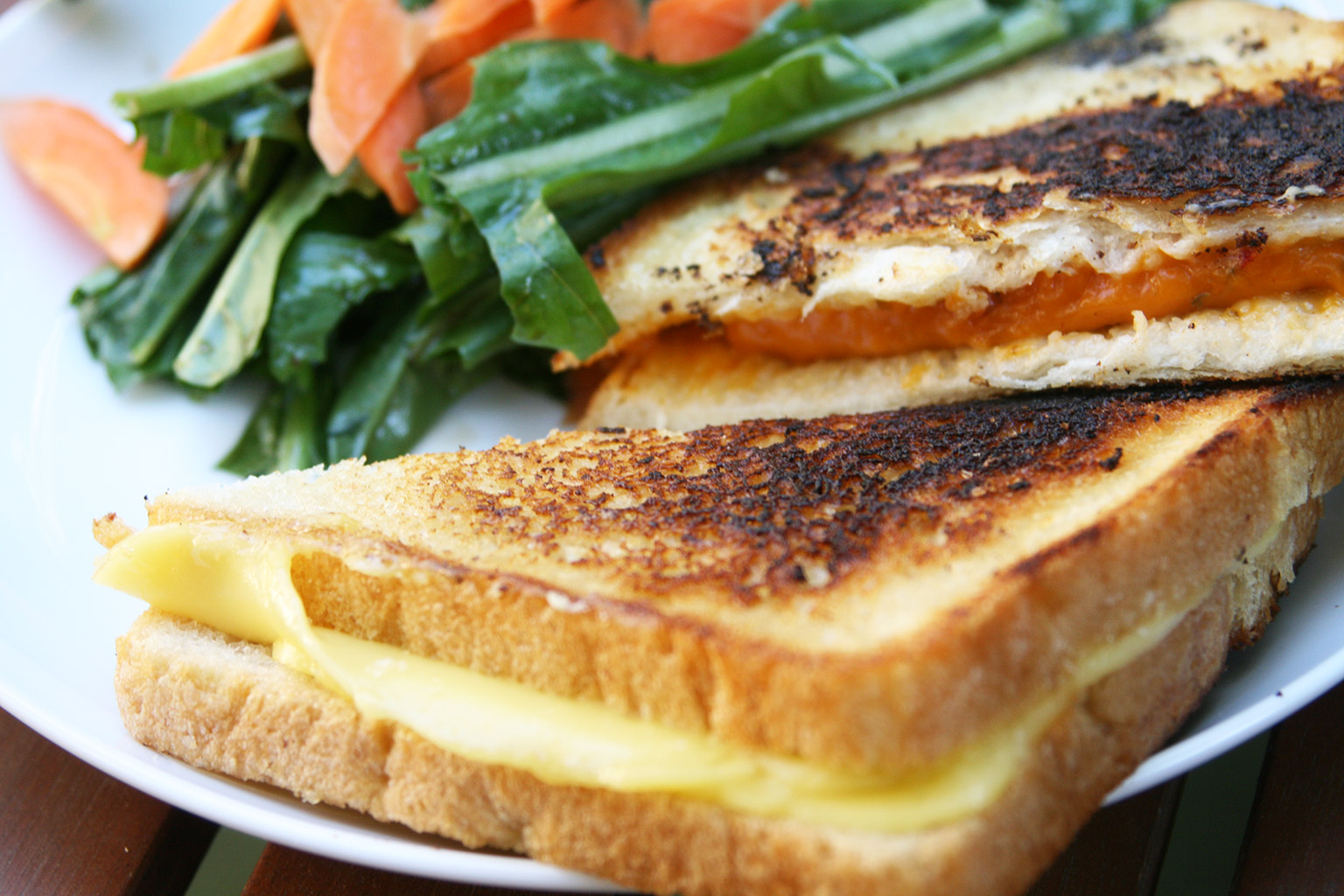

 Yep, again that’s Barbara I have to thank for our logo. Someone on her team has a letterpress printing and design company called
Yep, again that’s Barbara I have to thank for our logo. Someone on her team has a letterpress printing and design company called 








